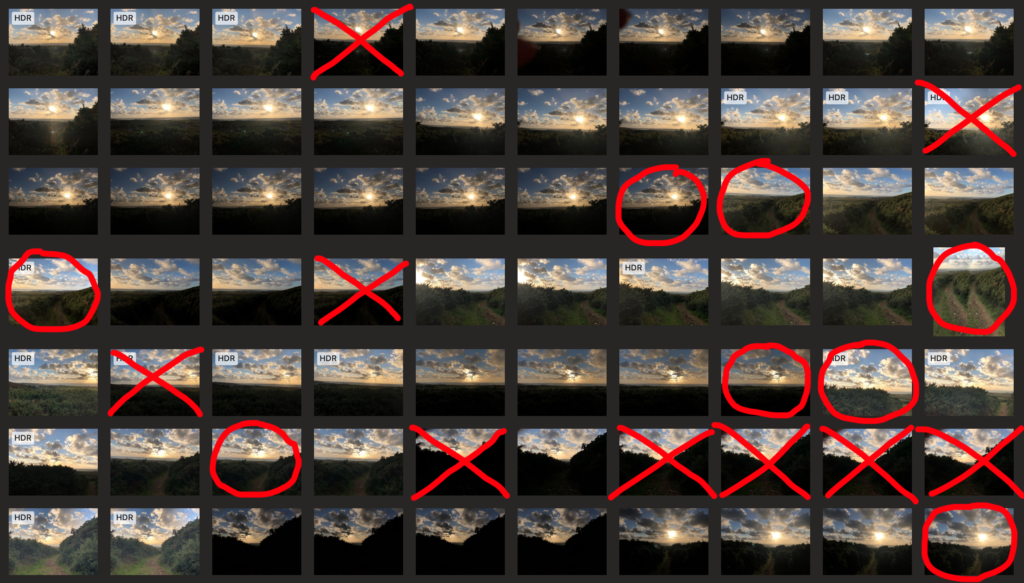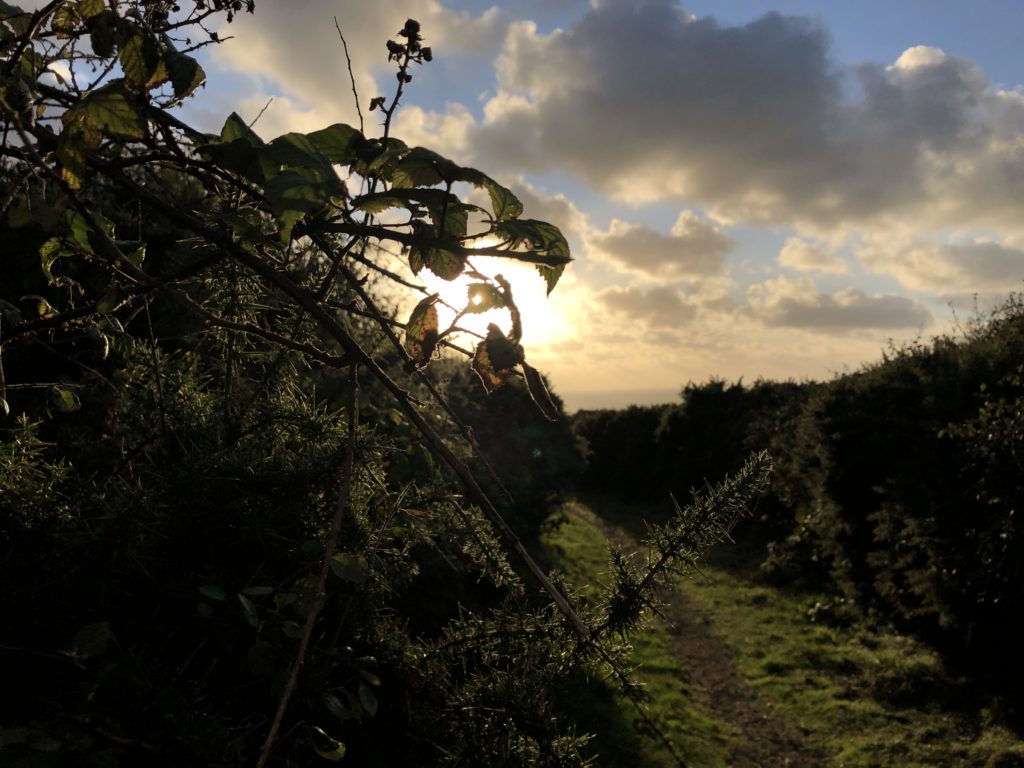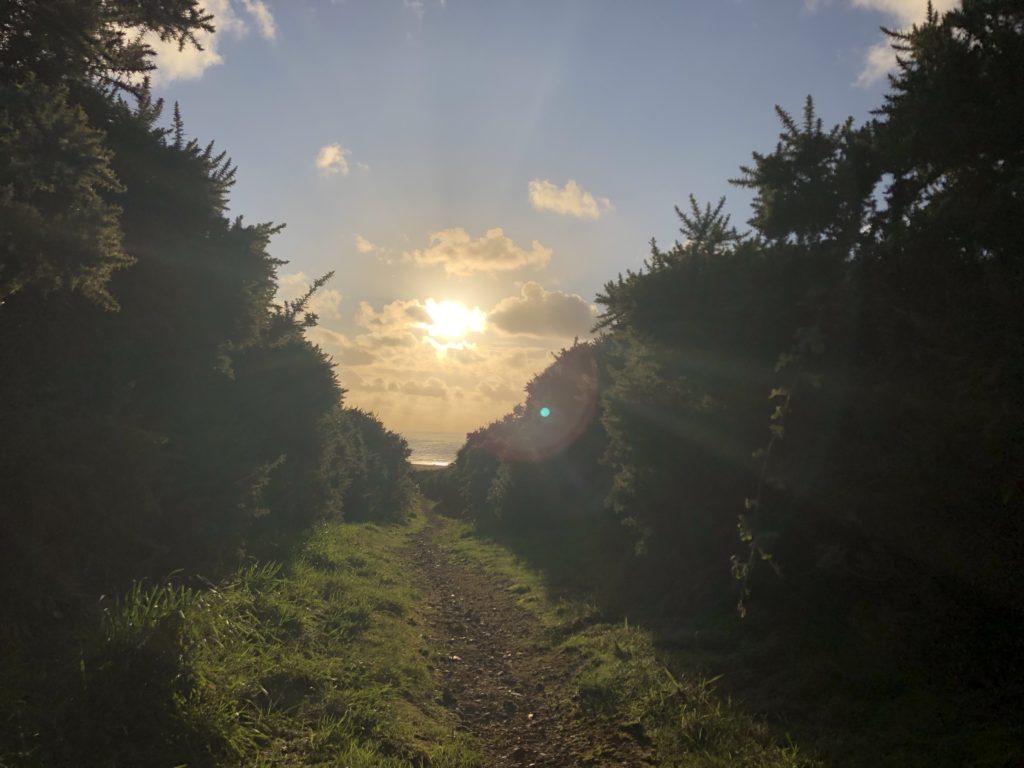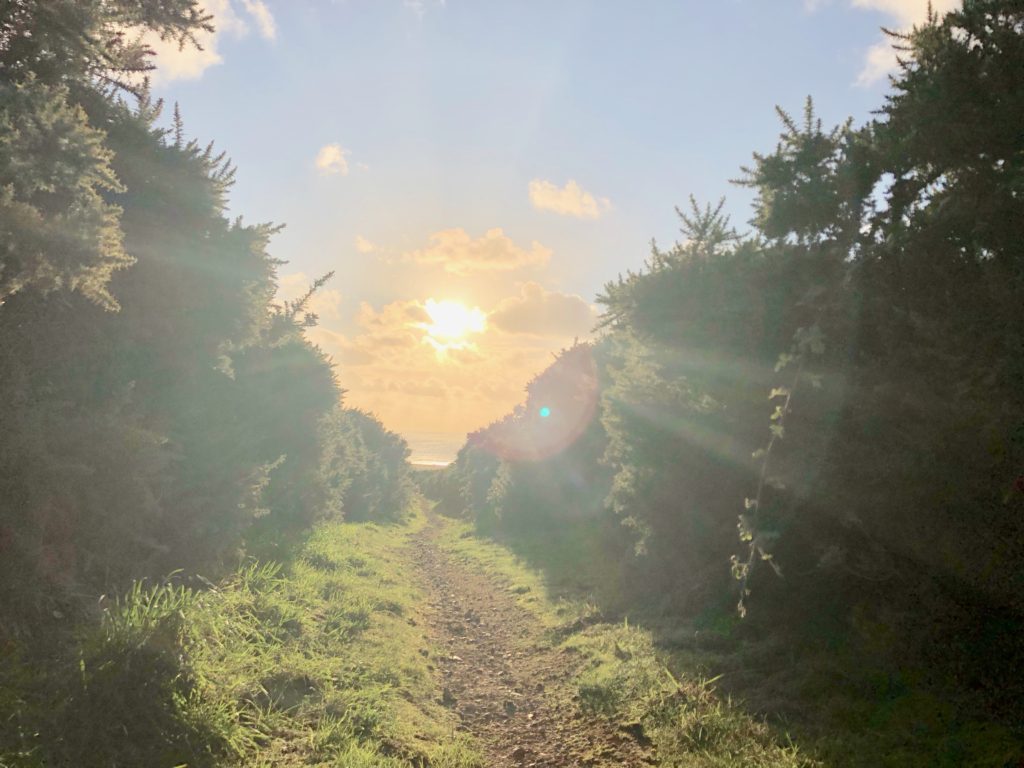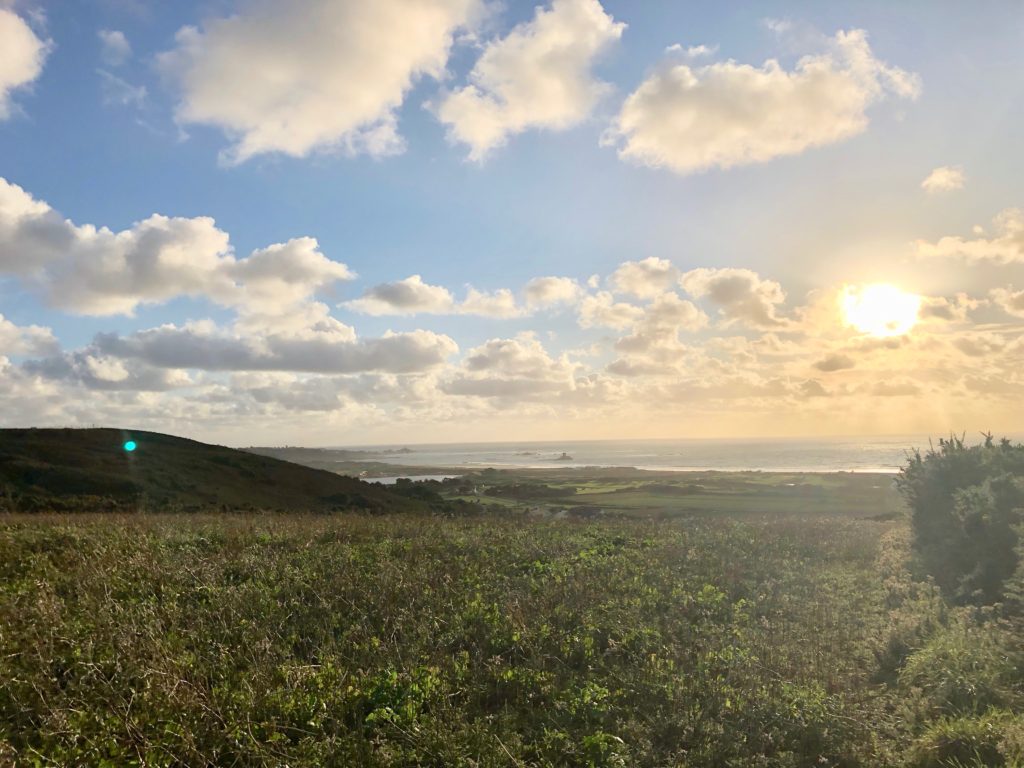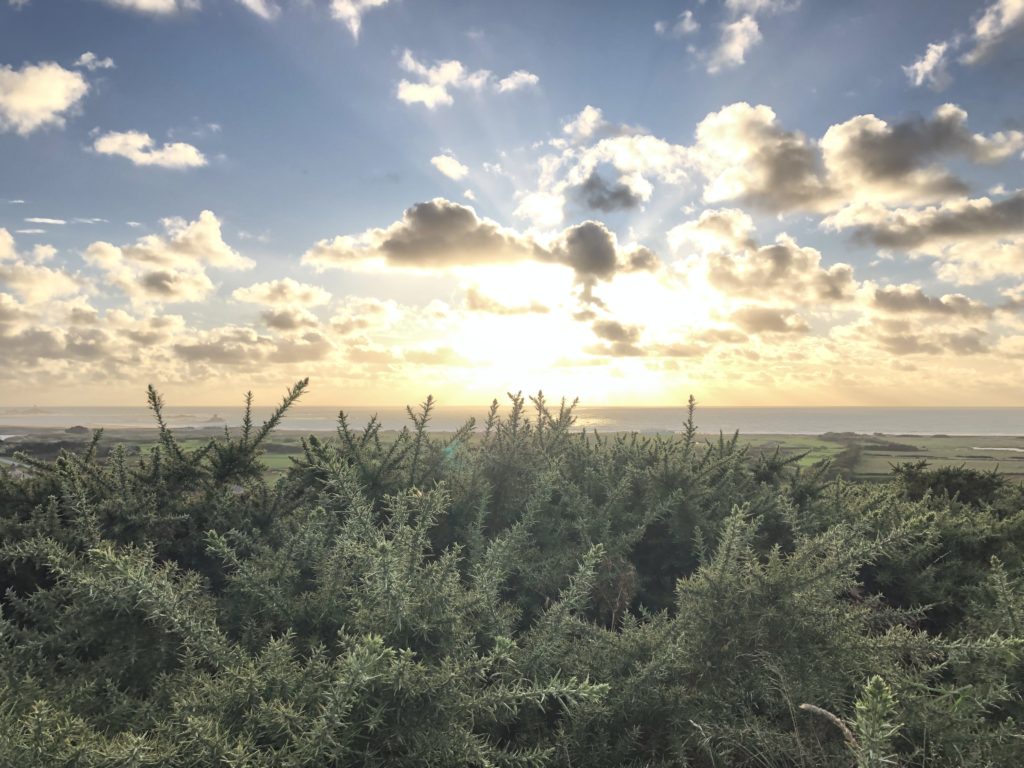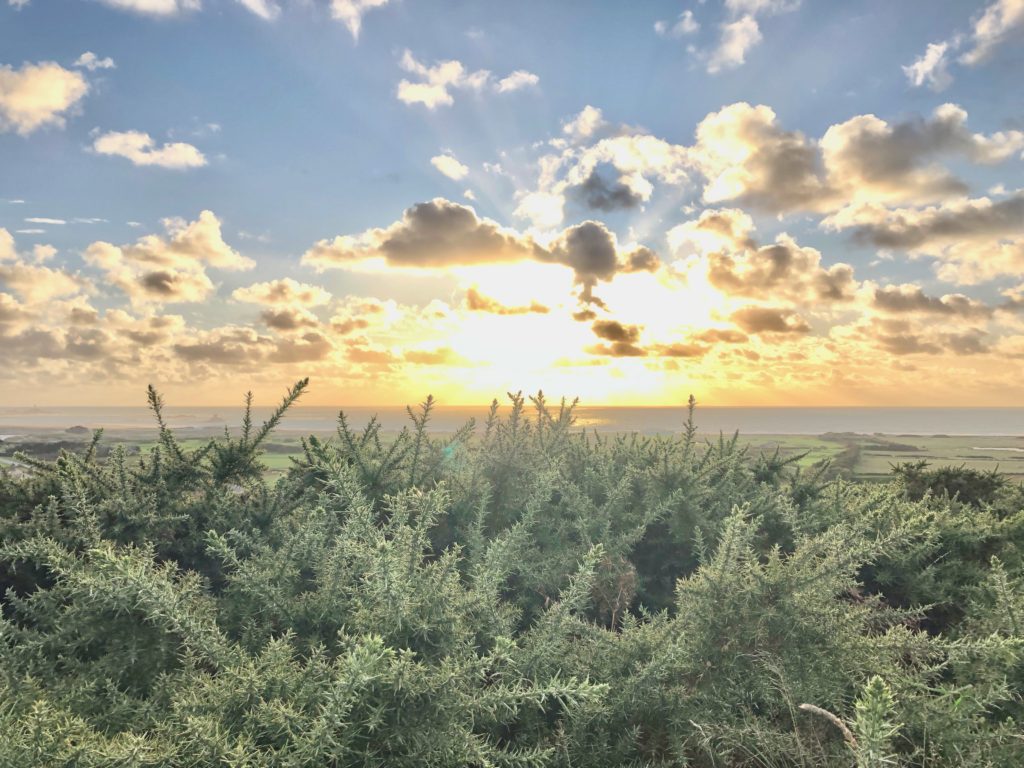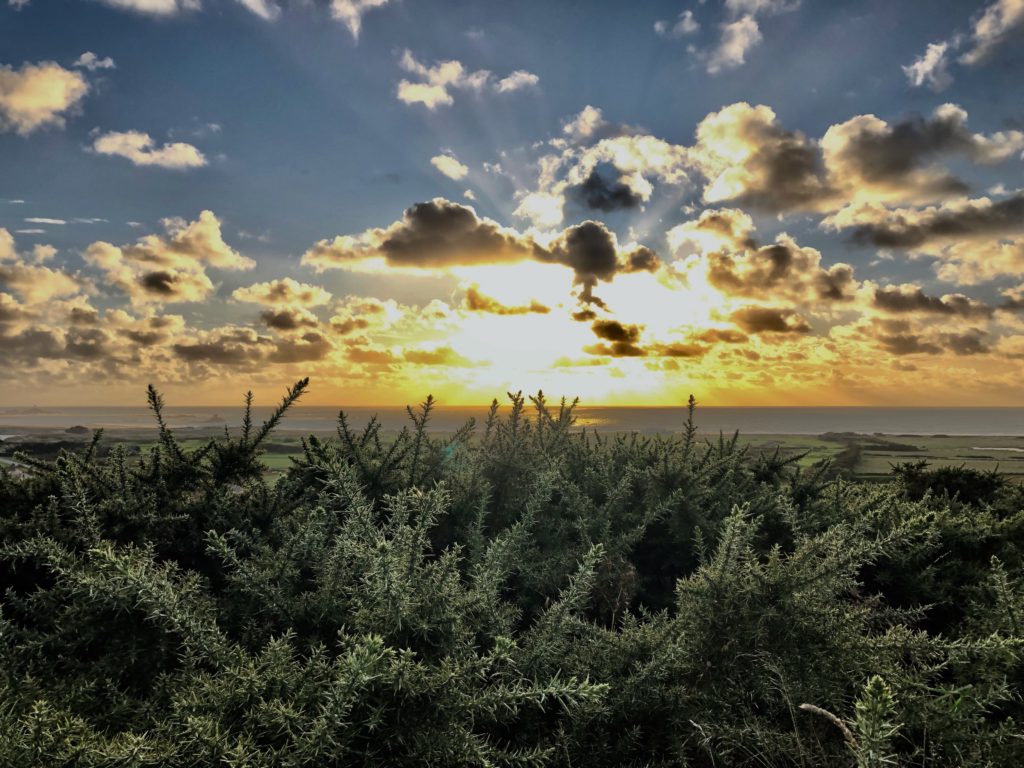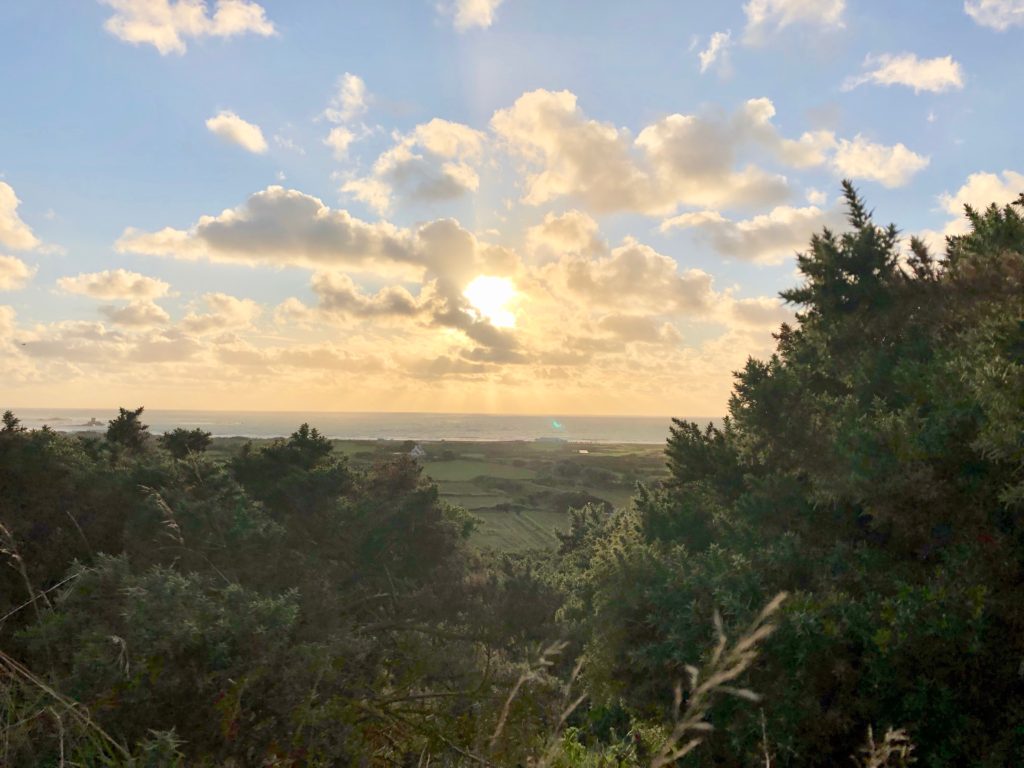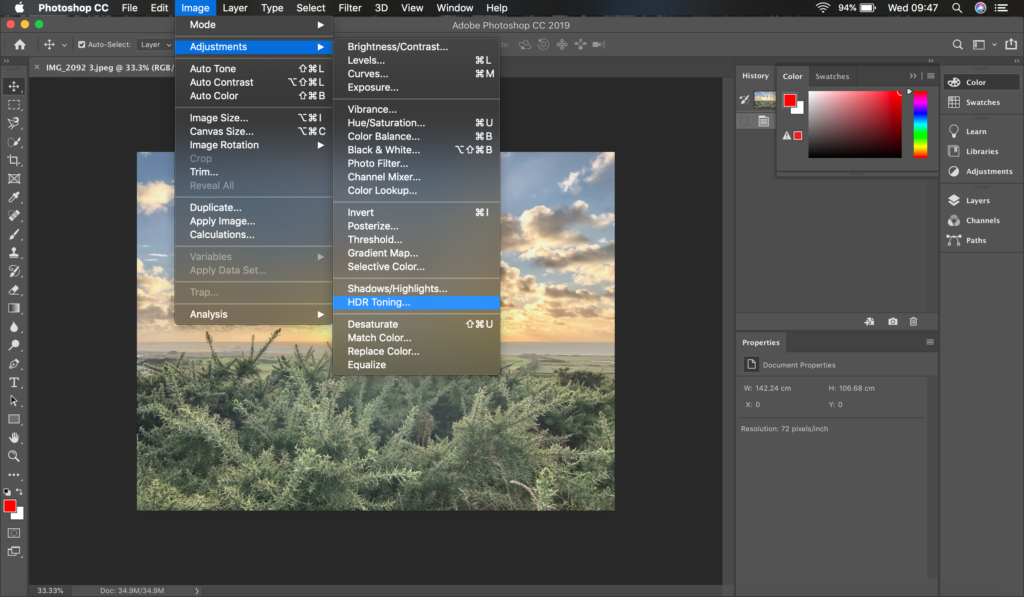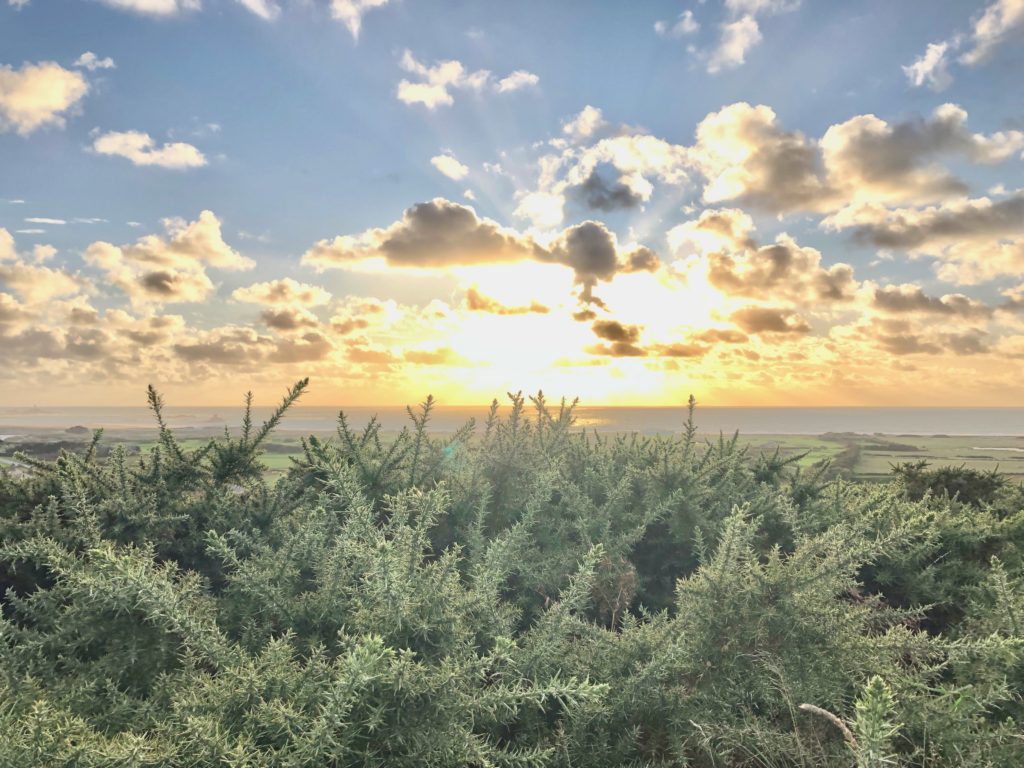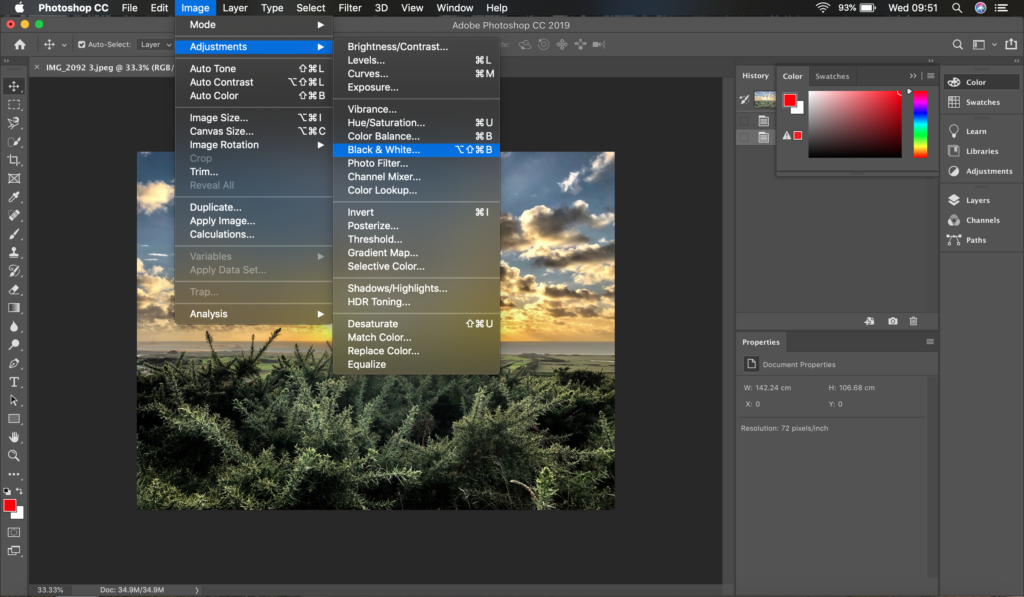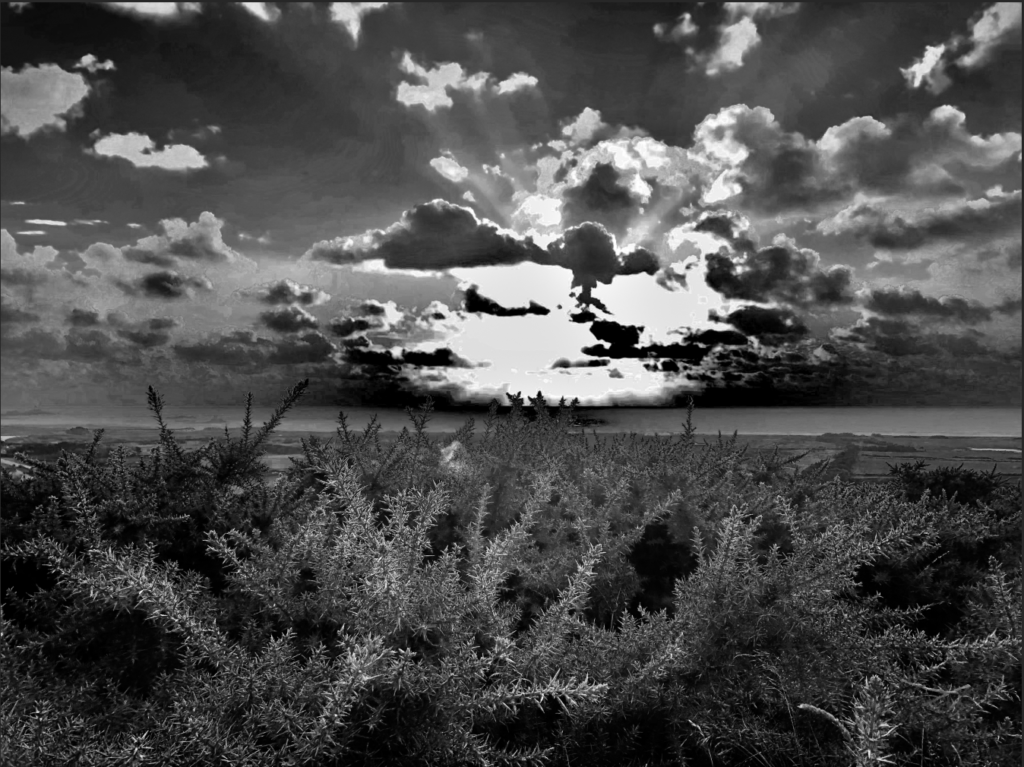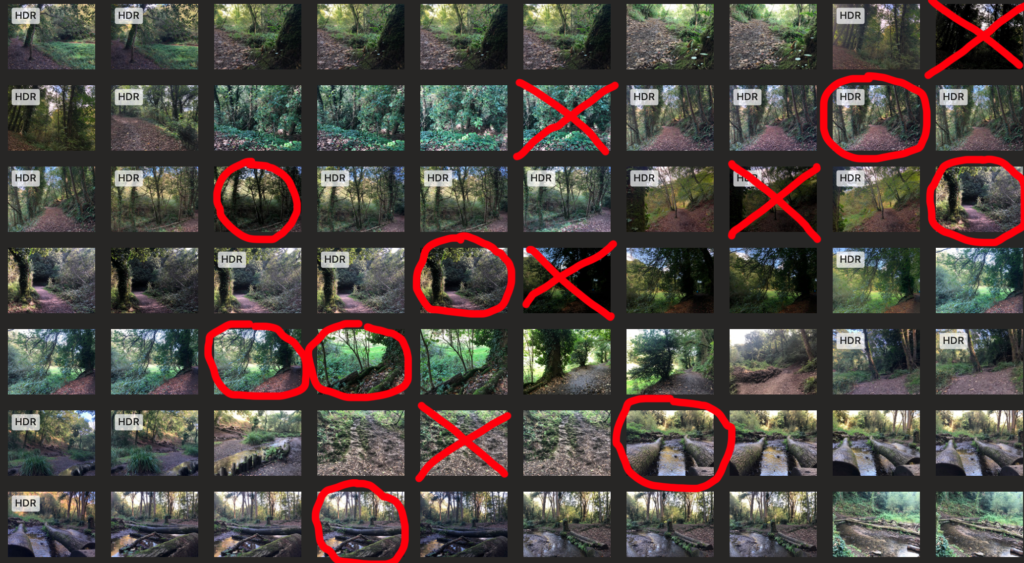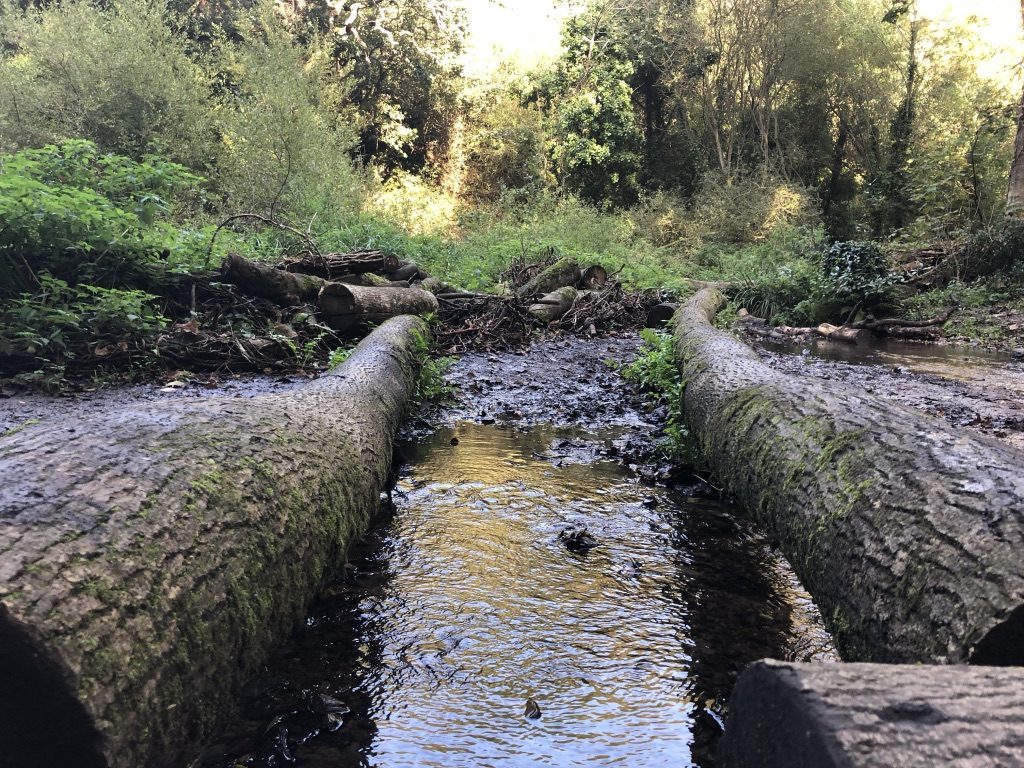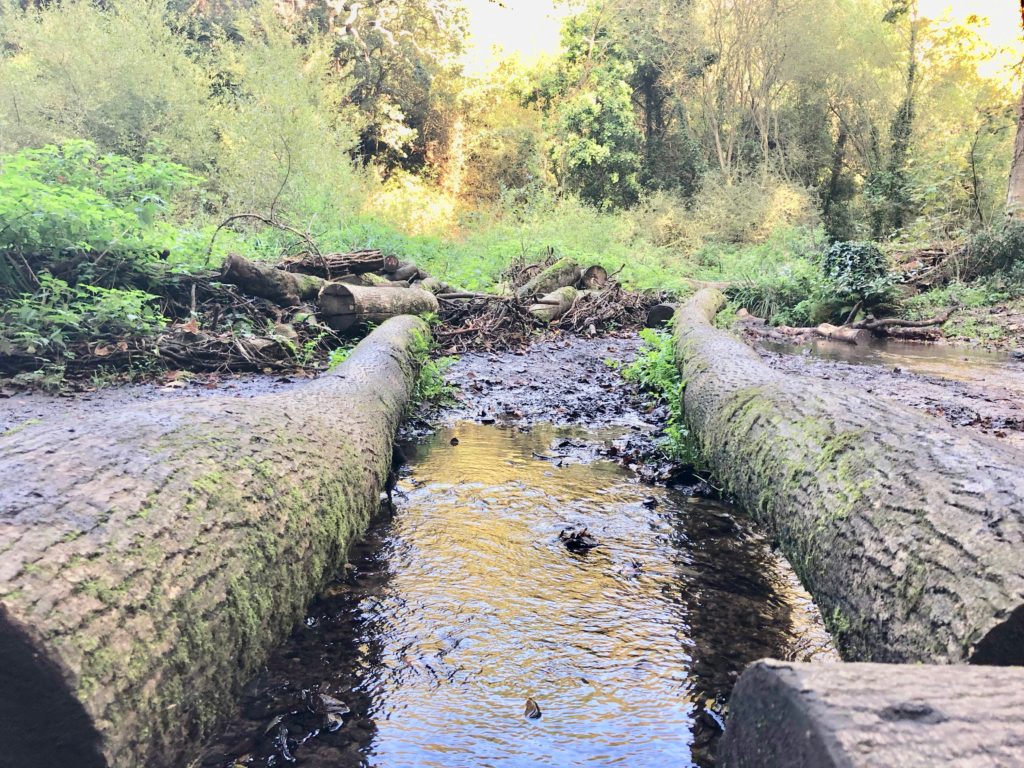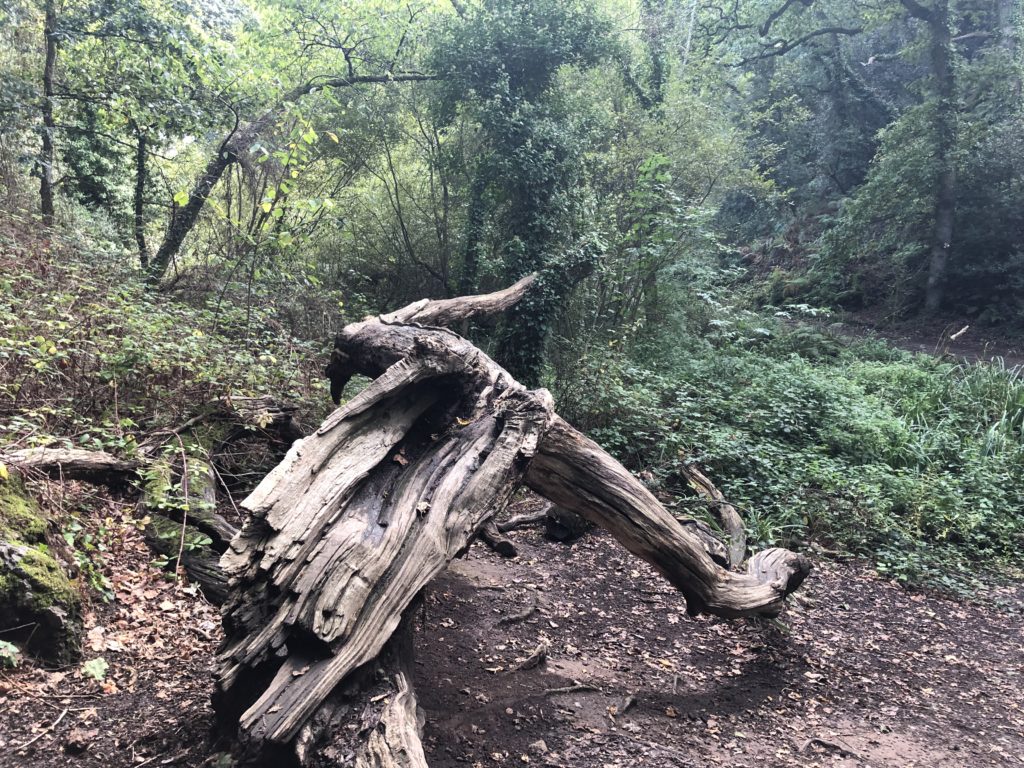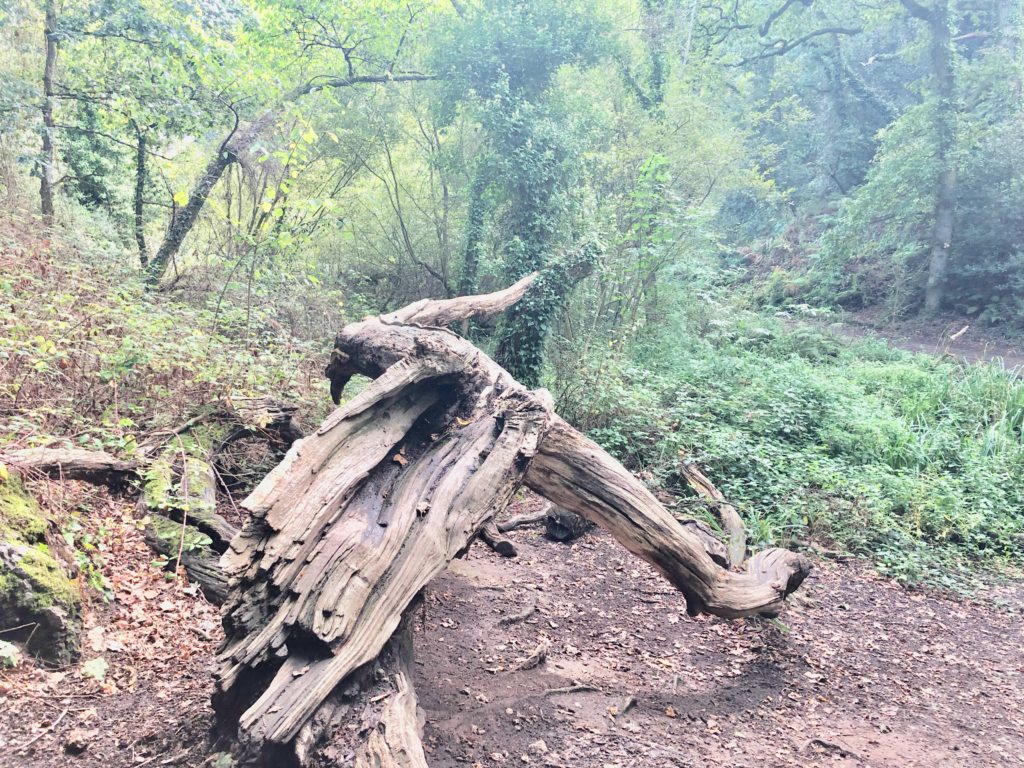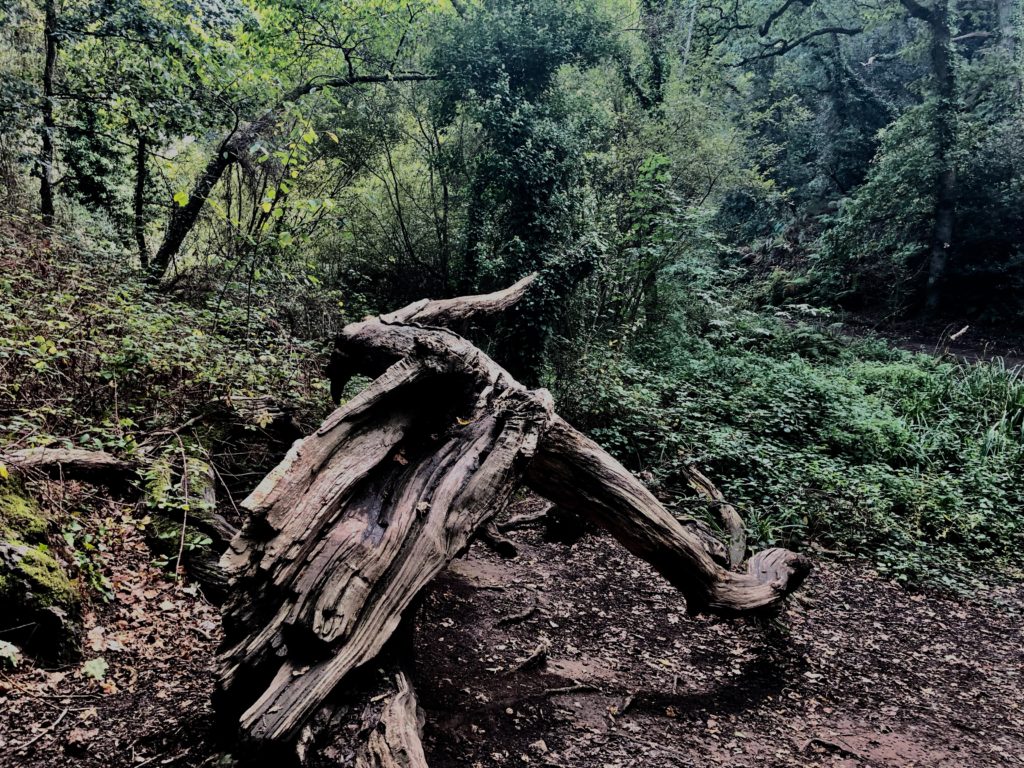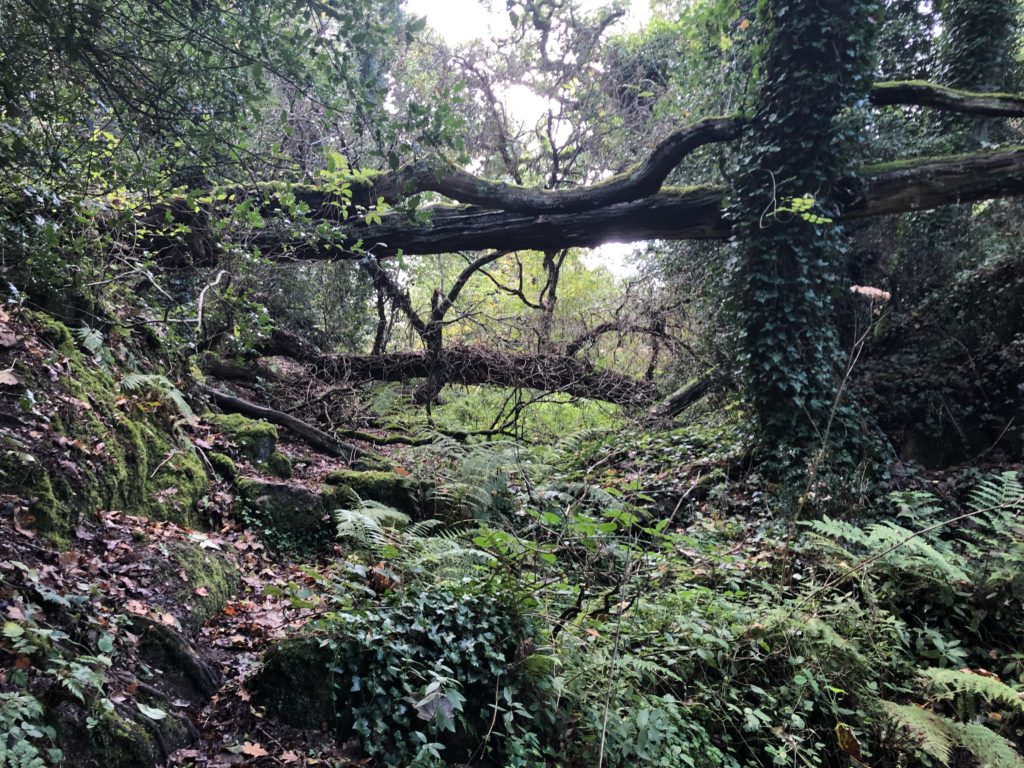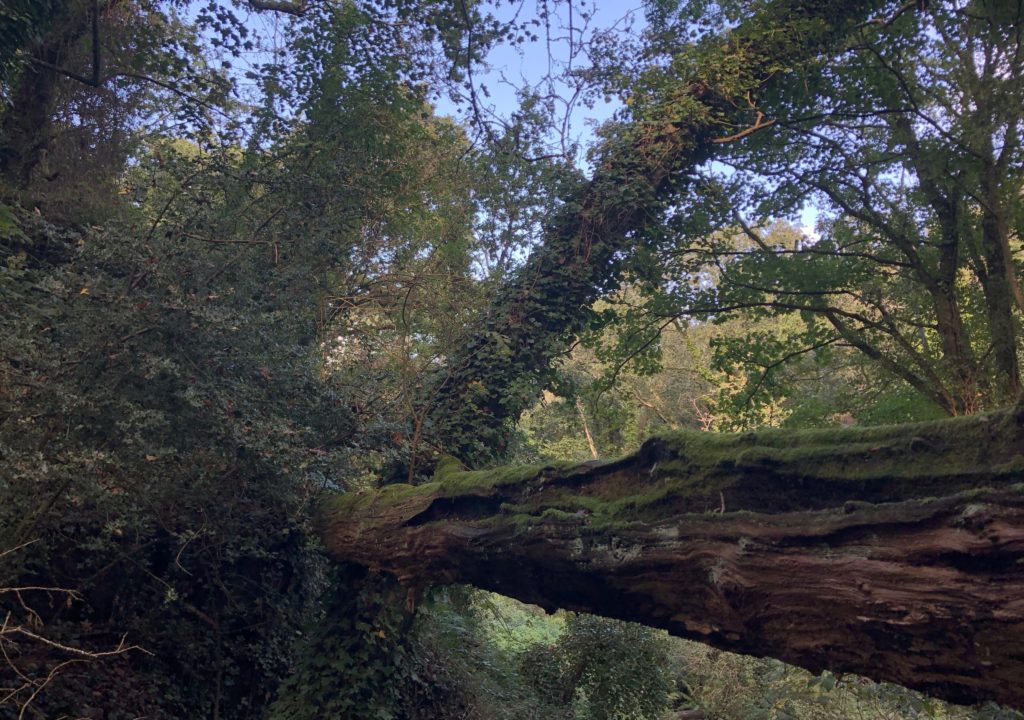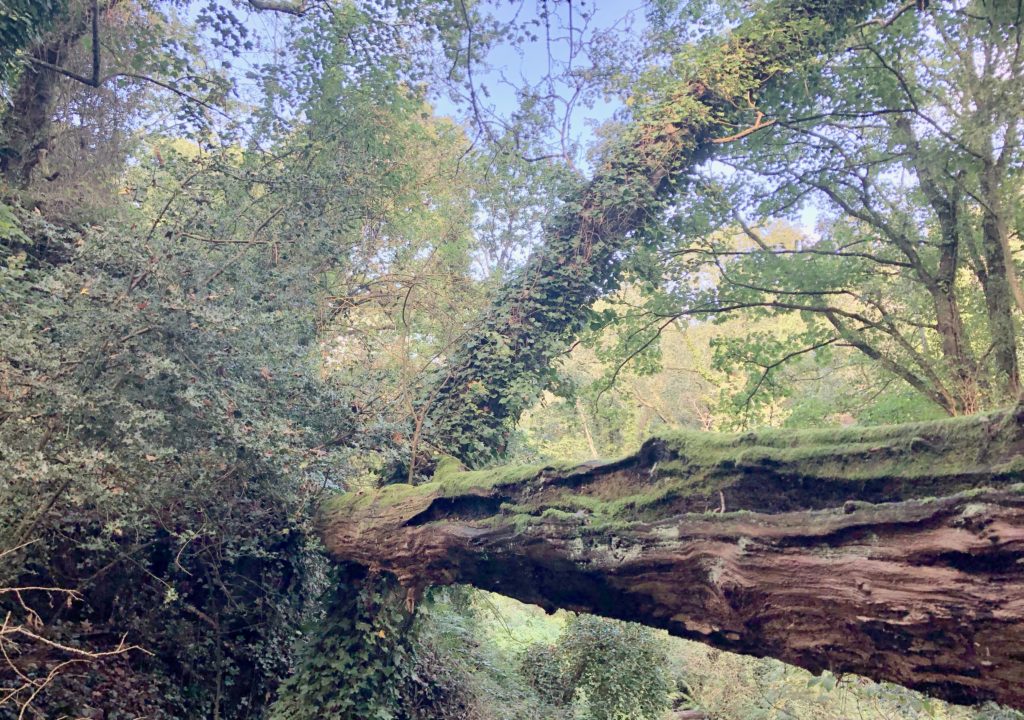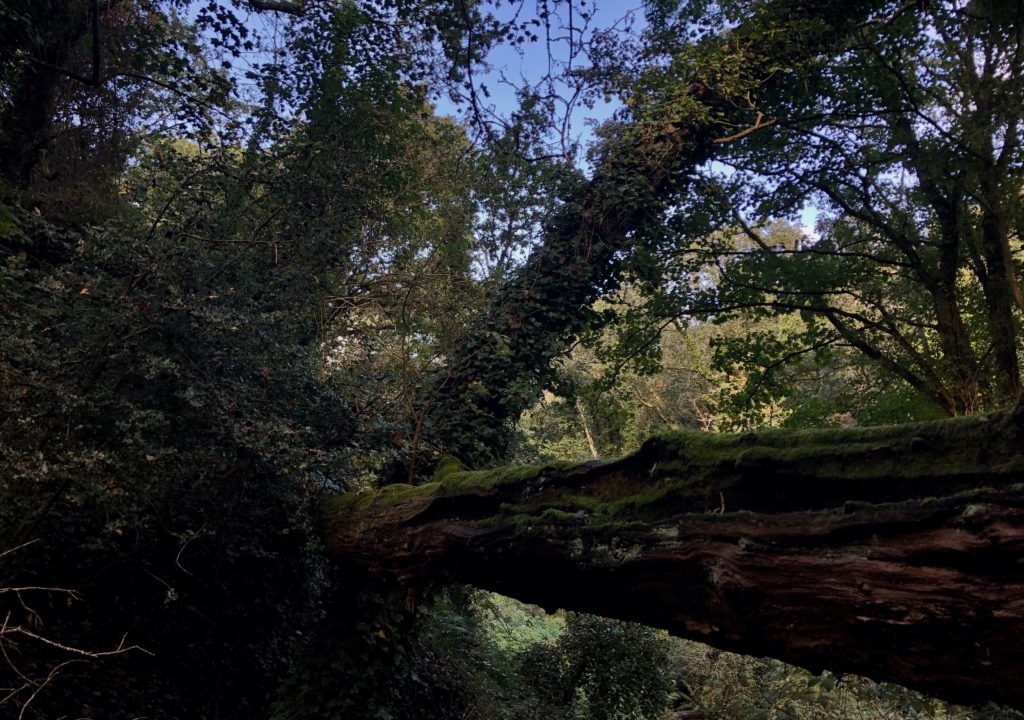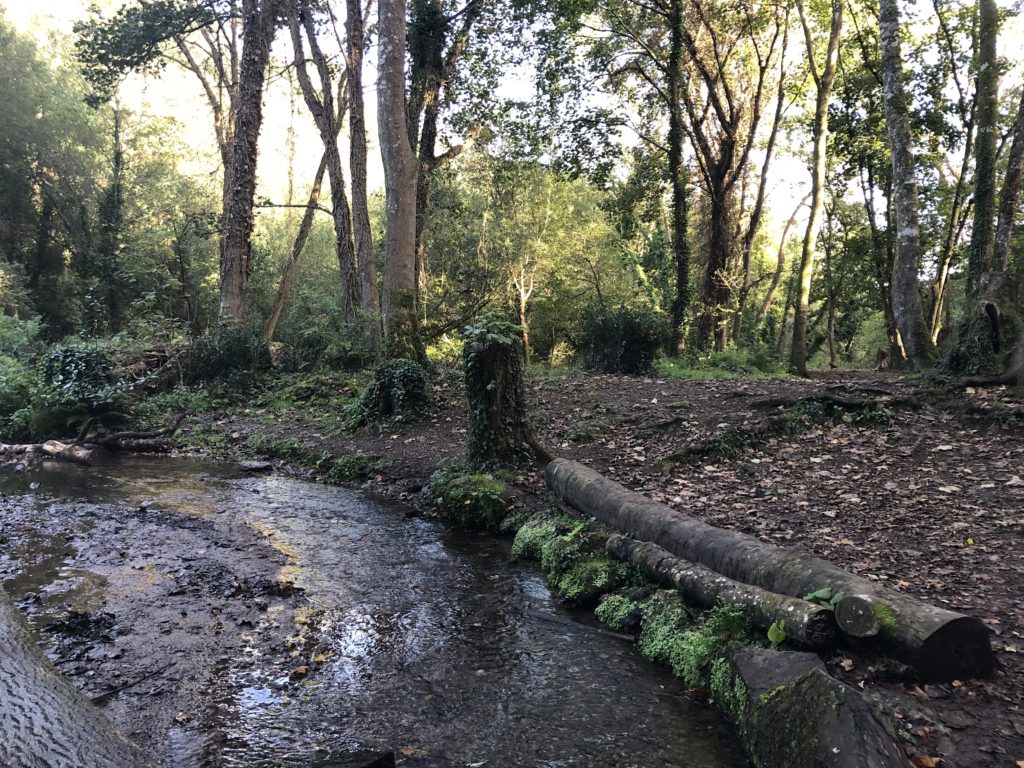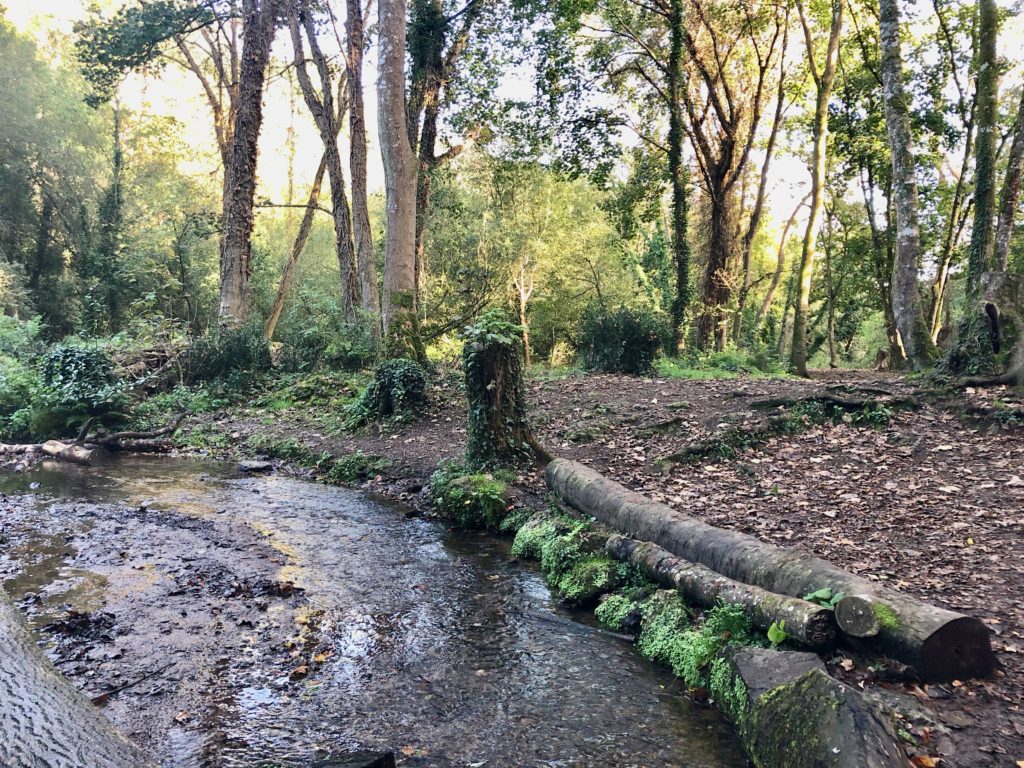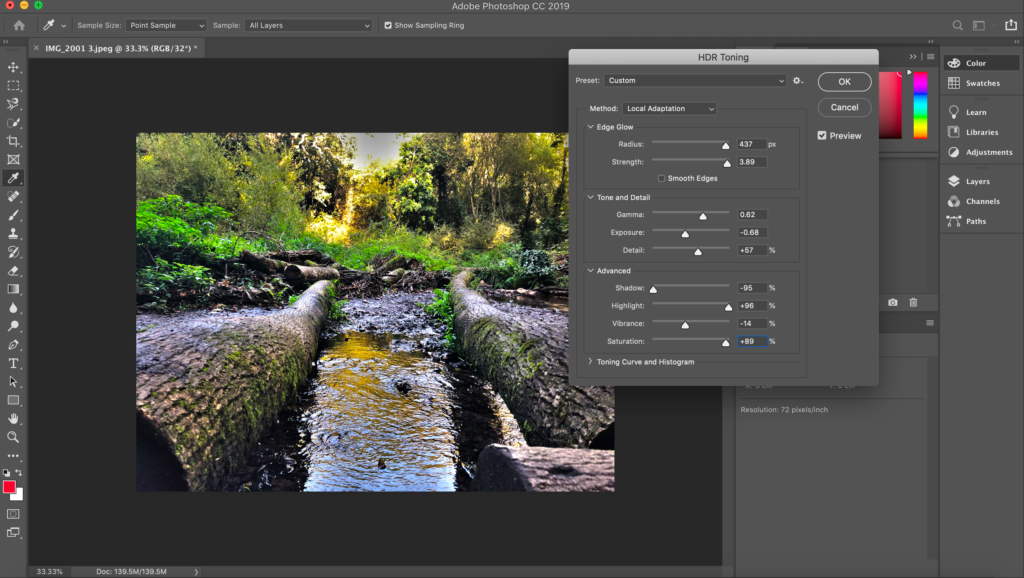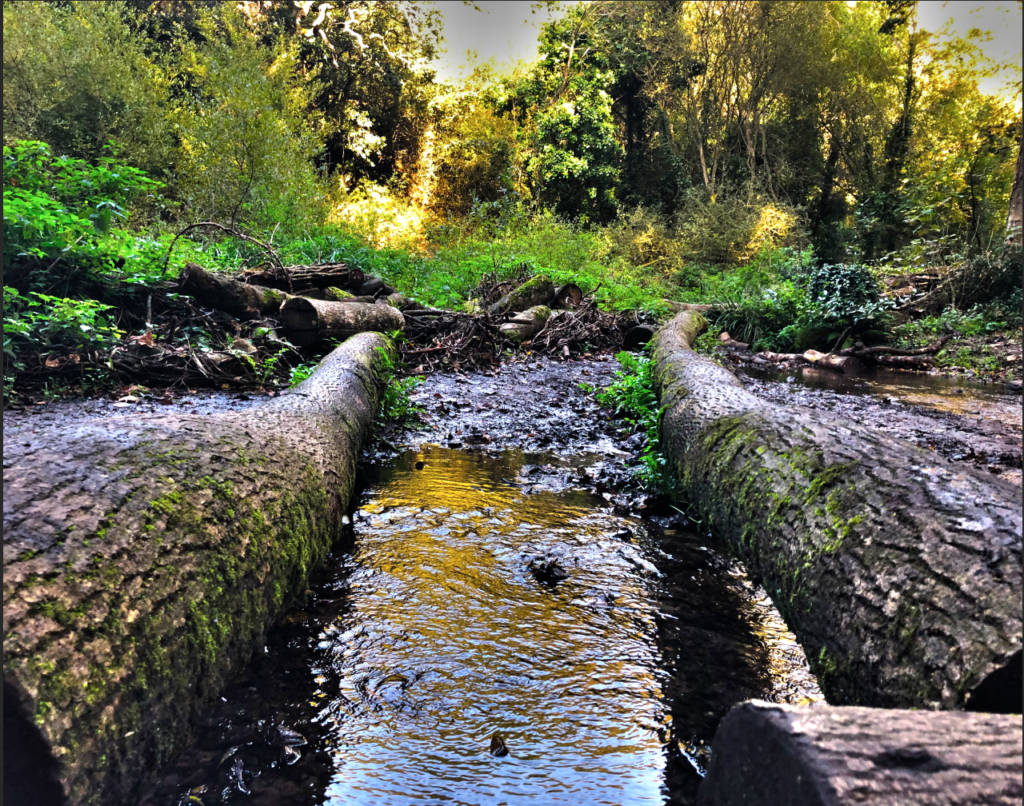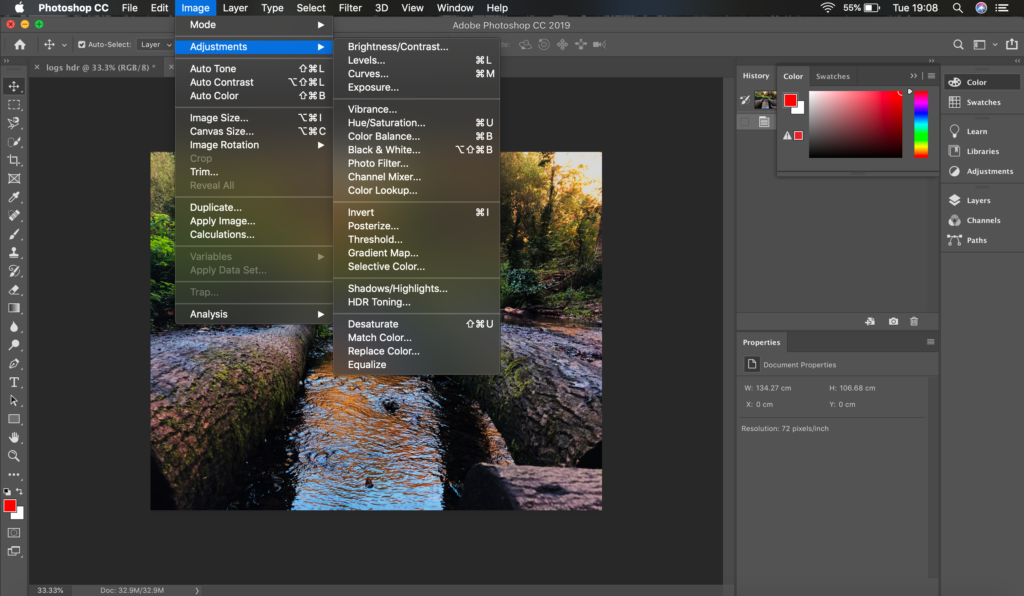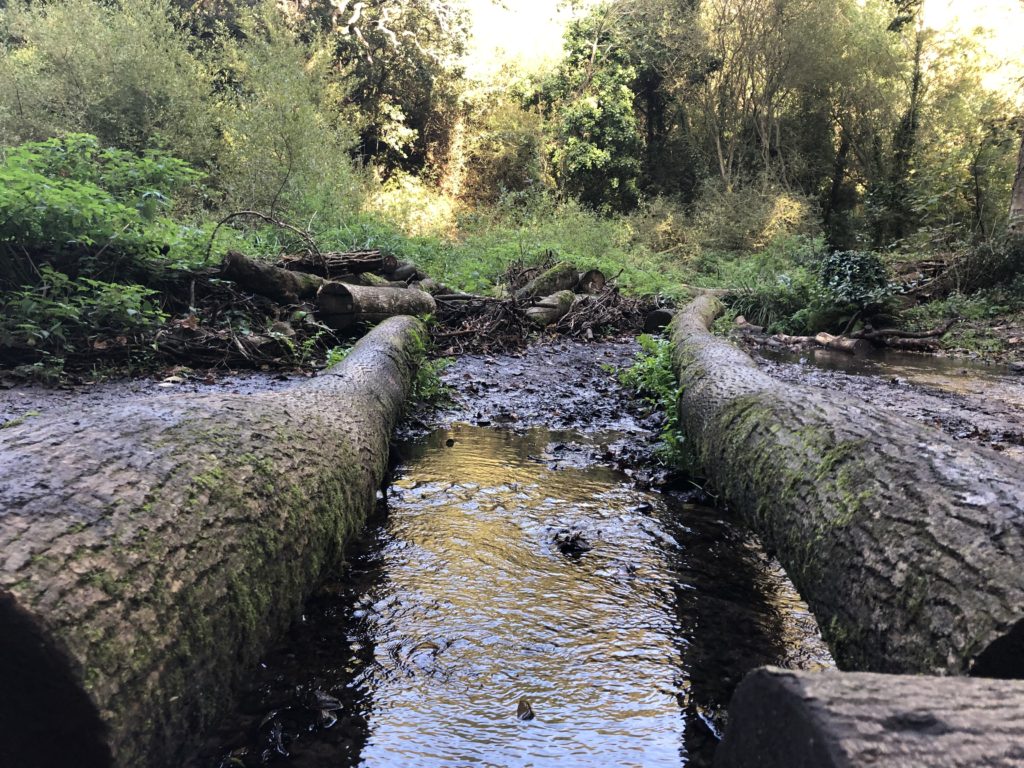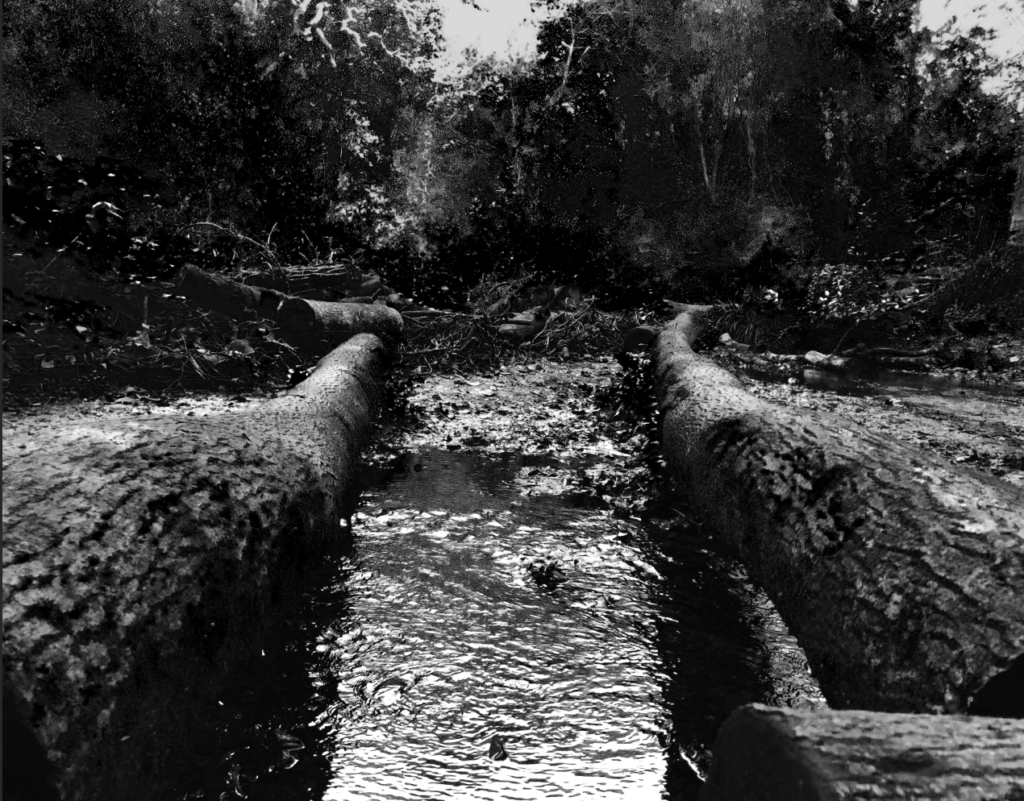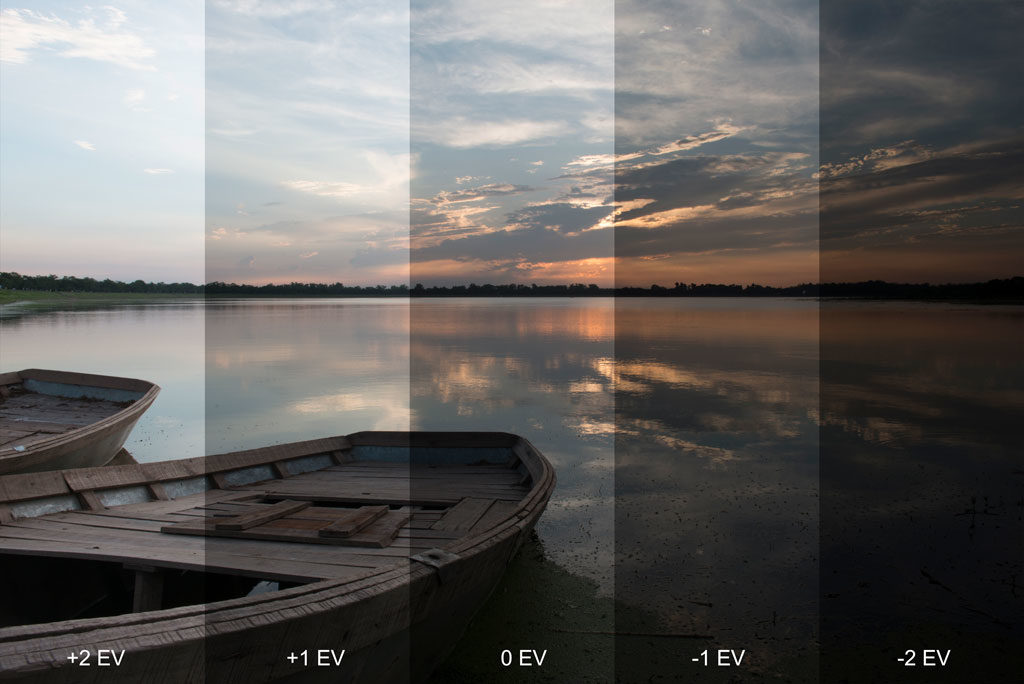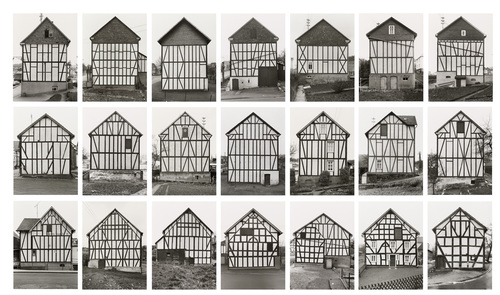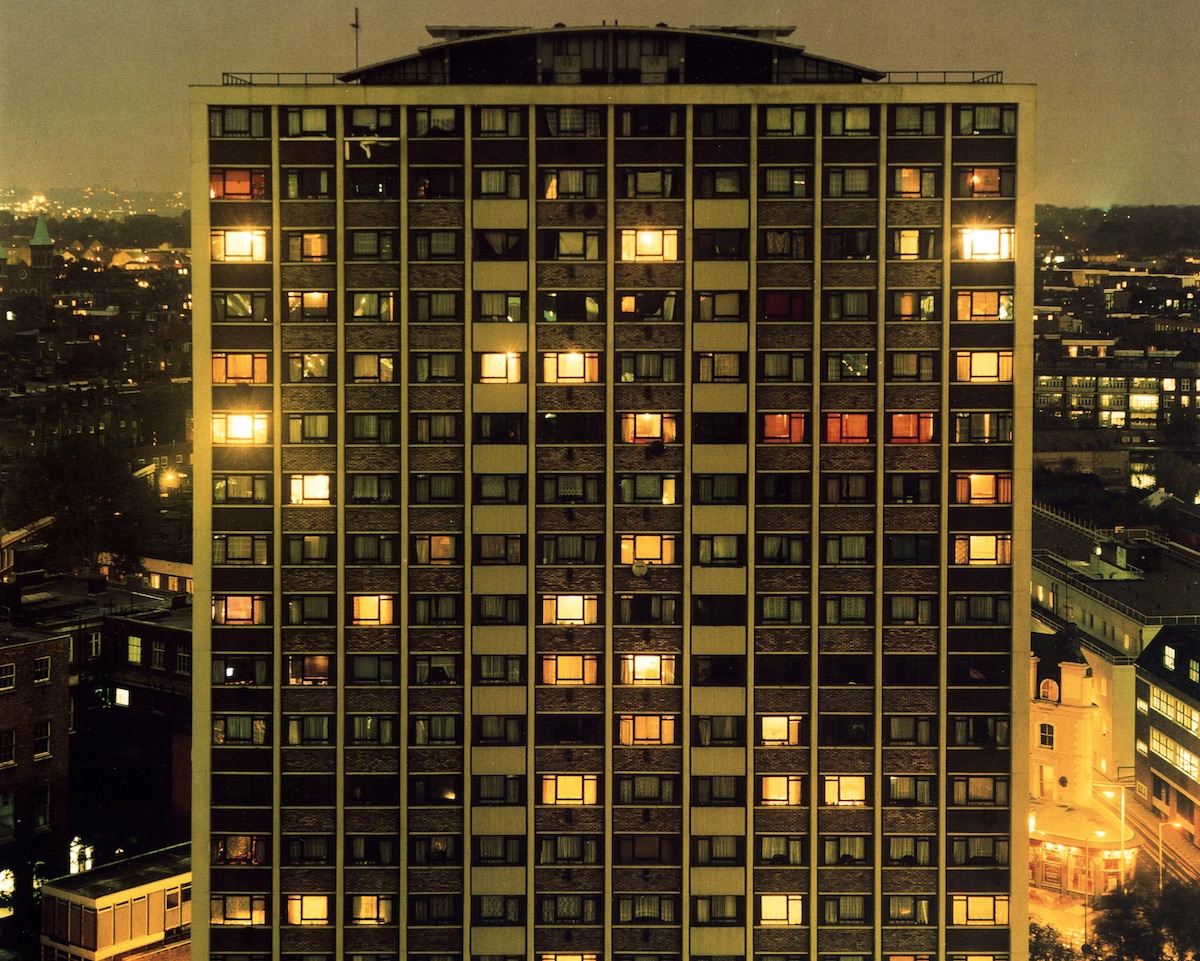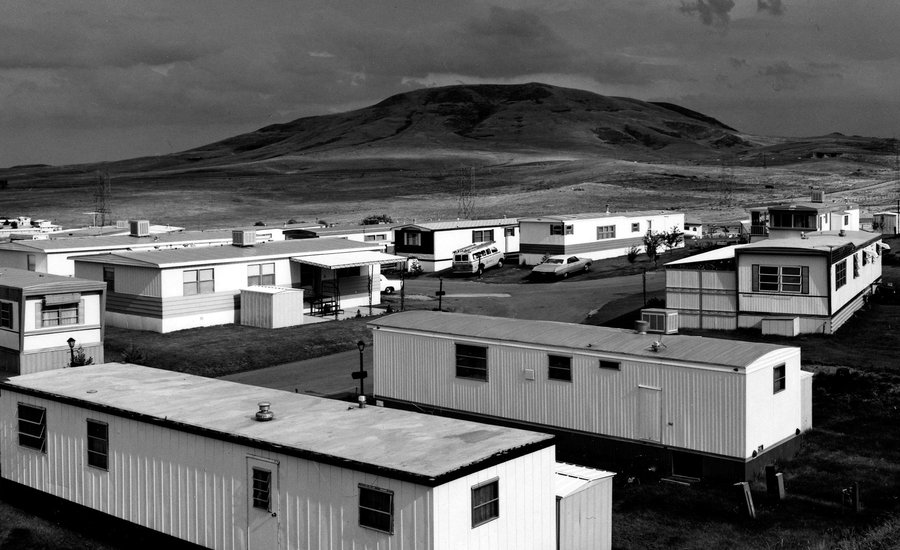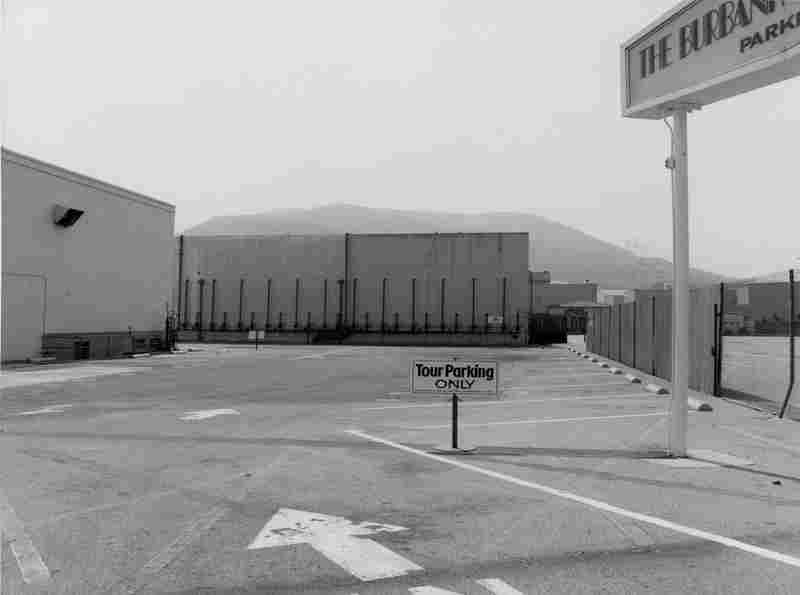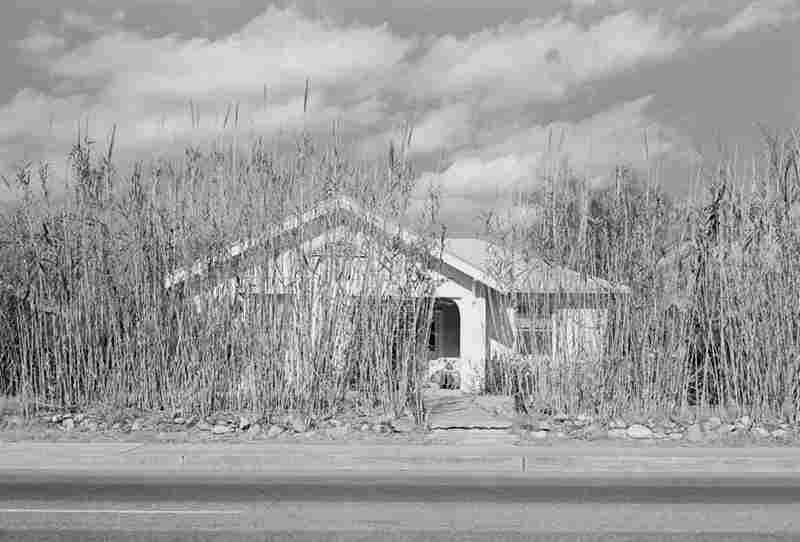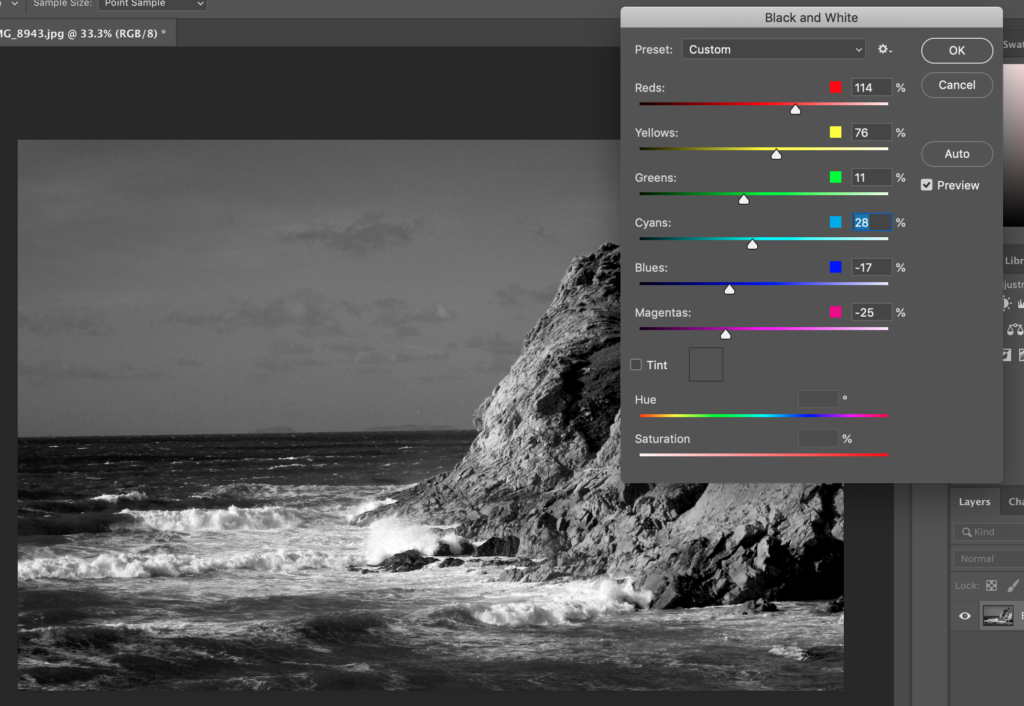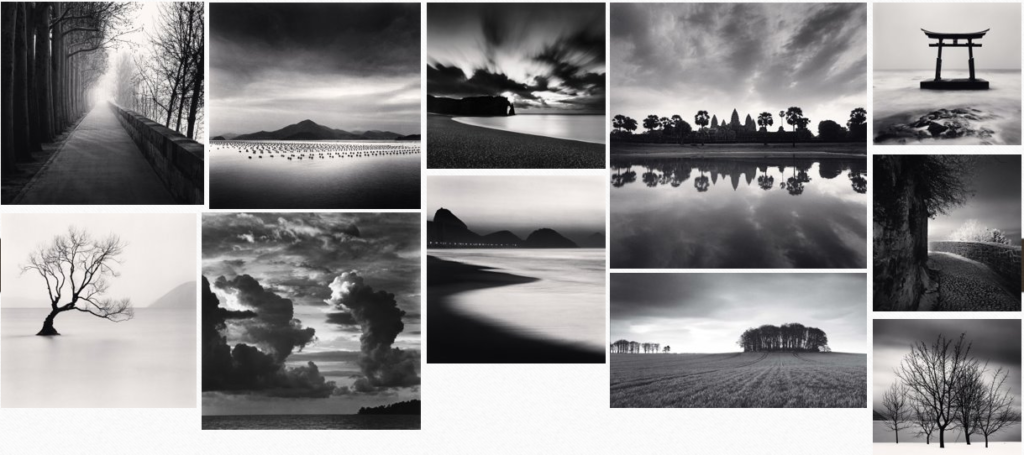Woodlands and Fields(St.Ouens)
I took these photos before the sun went down to get the sun to shine through the trees and corn fields. I changed the exposure for some of the photos (exposure bracketing) to see how to the contrast/tonal values changed. I’ve selected my favourite images and decided which ones I won’t use.



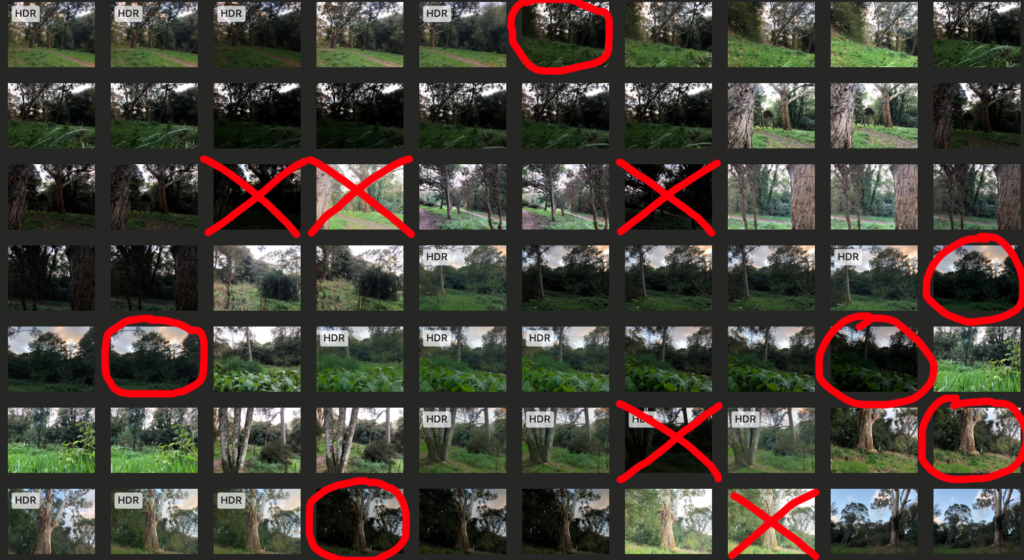
Best Photos
I picked these images because each of them are different from each other and have something unique about them whether it’s the angle they’ve been taken from, the lighting or the scenery/individual trees. Each photo has something that the eye is automatically drawn to and they each have a main focus. Some things to point out about the uniqueness of some of the photo are: the corn in the first photo is the main focus and the background is blurred due to this, in the second photo I took the photo from a atmospheric perspective, in the third photo I took the image from a linear perspective and in the fourth photo I attempted to use the Fibonacci curve.
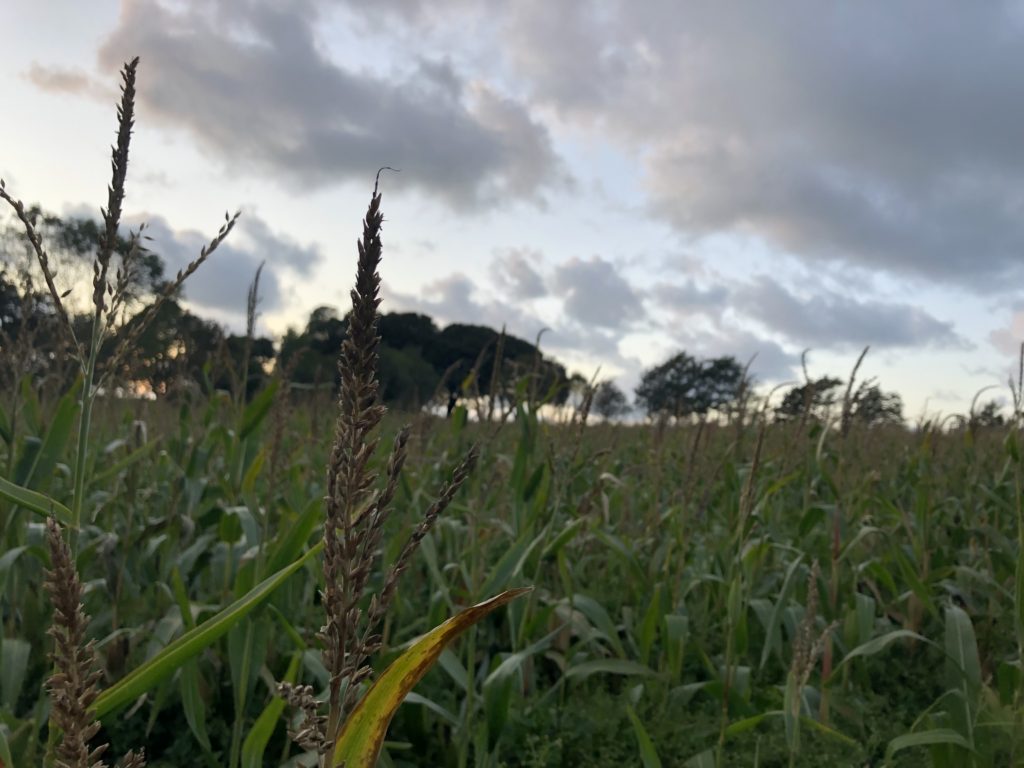
original 
over exposed 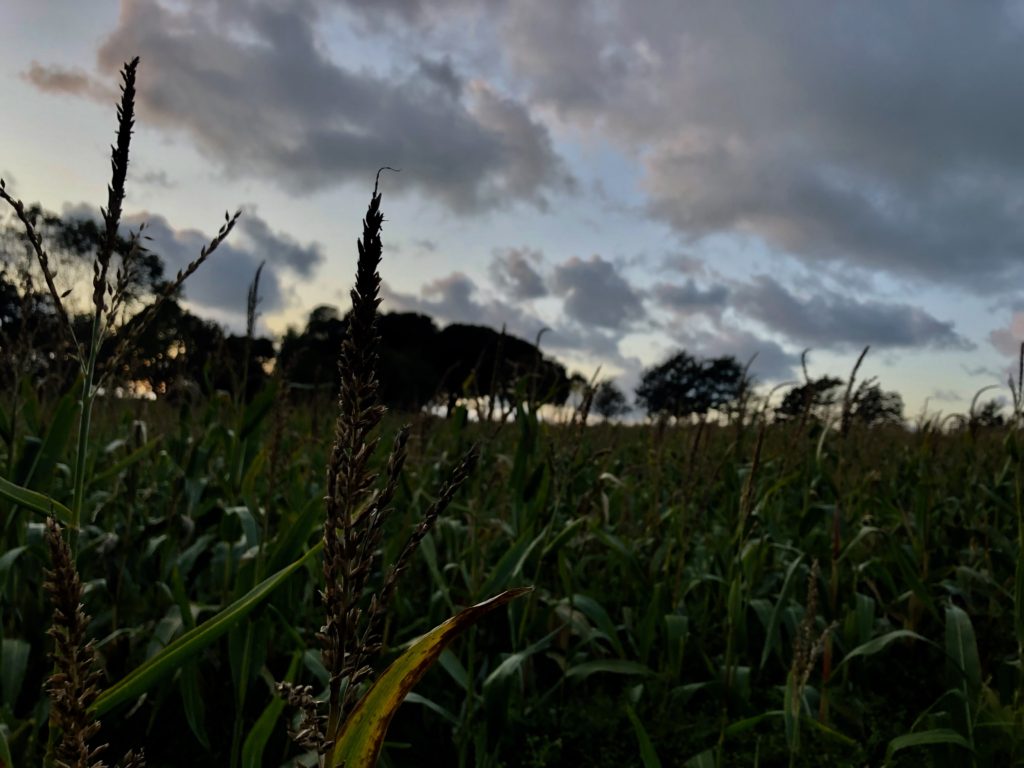
under exposed

original 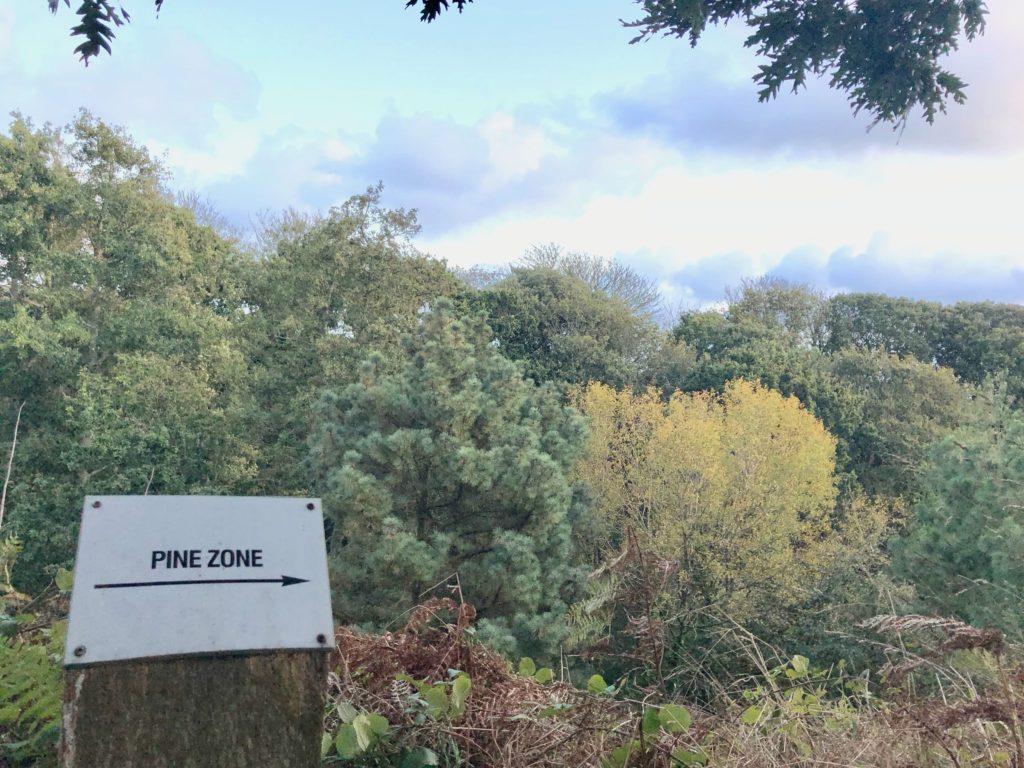
over exposed 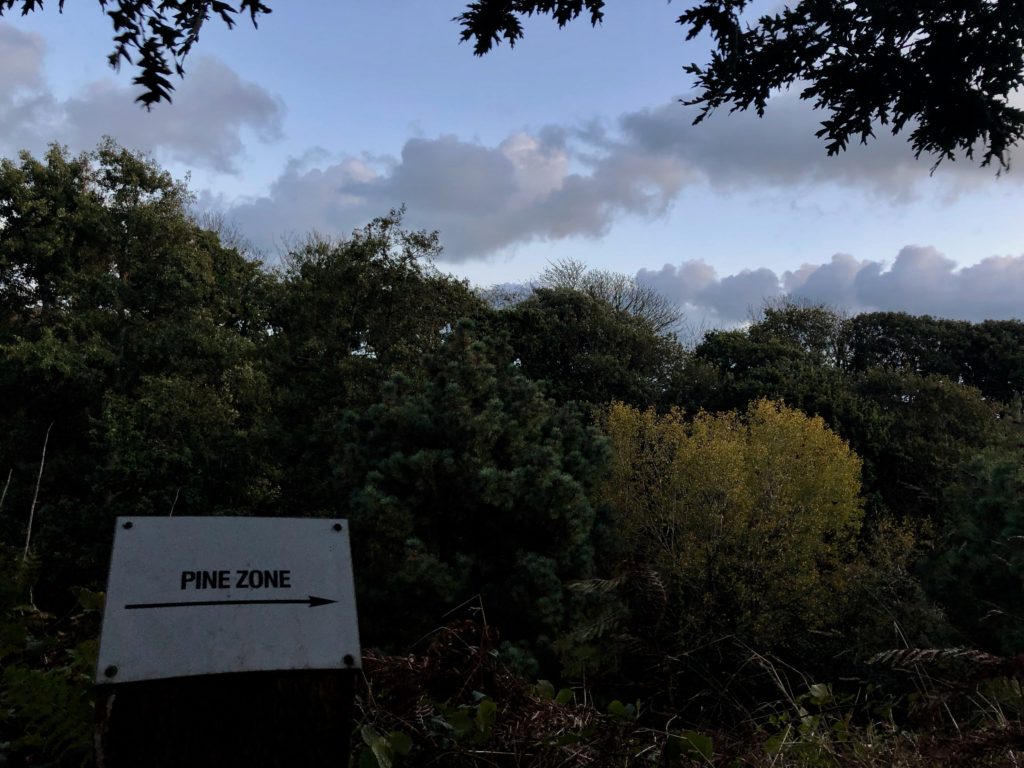
under exposed

original 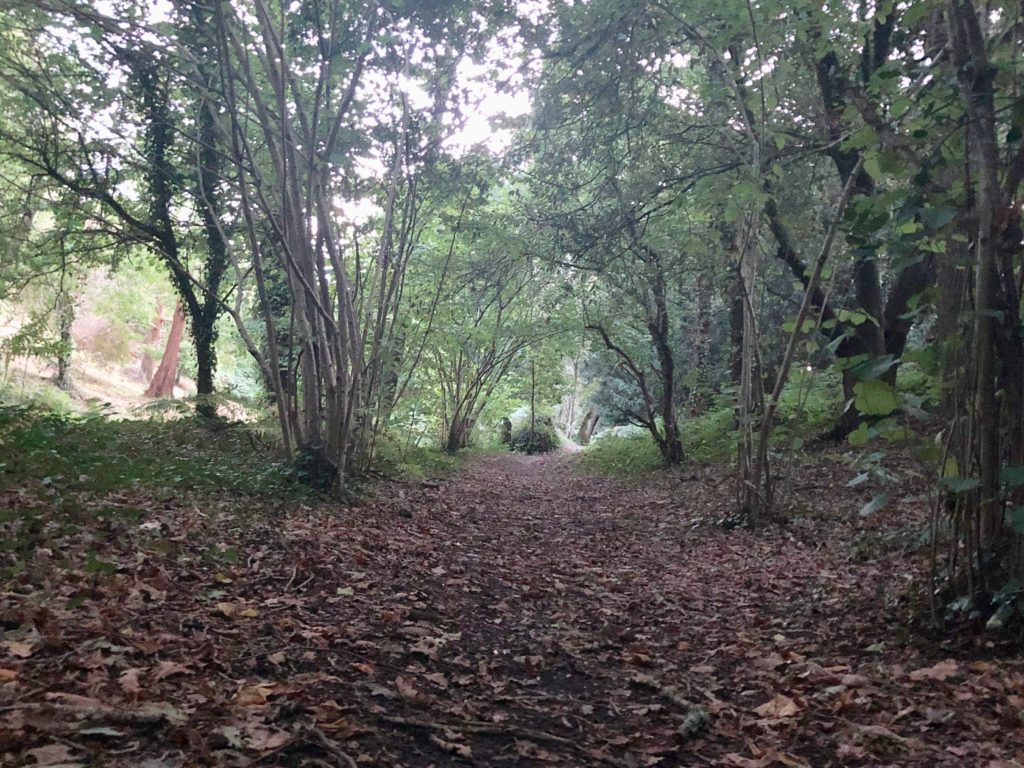
over exposed 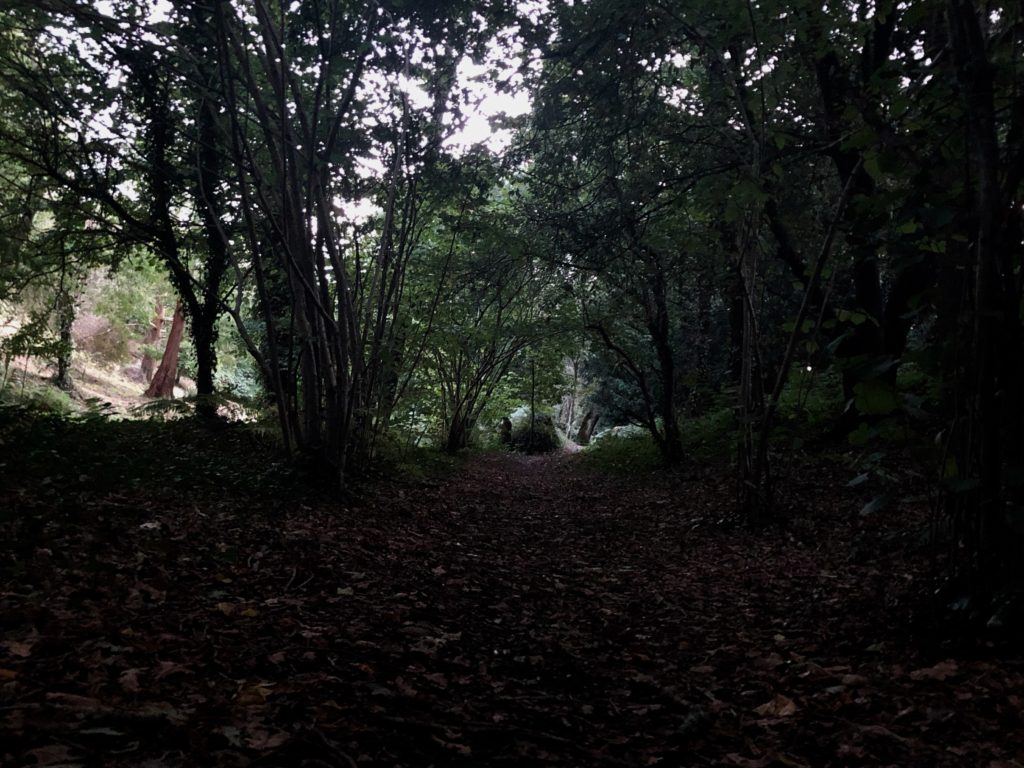
under exposed

original 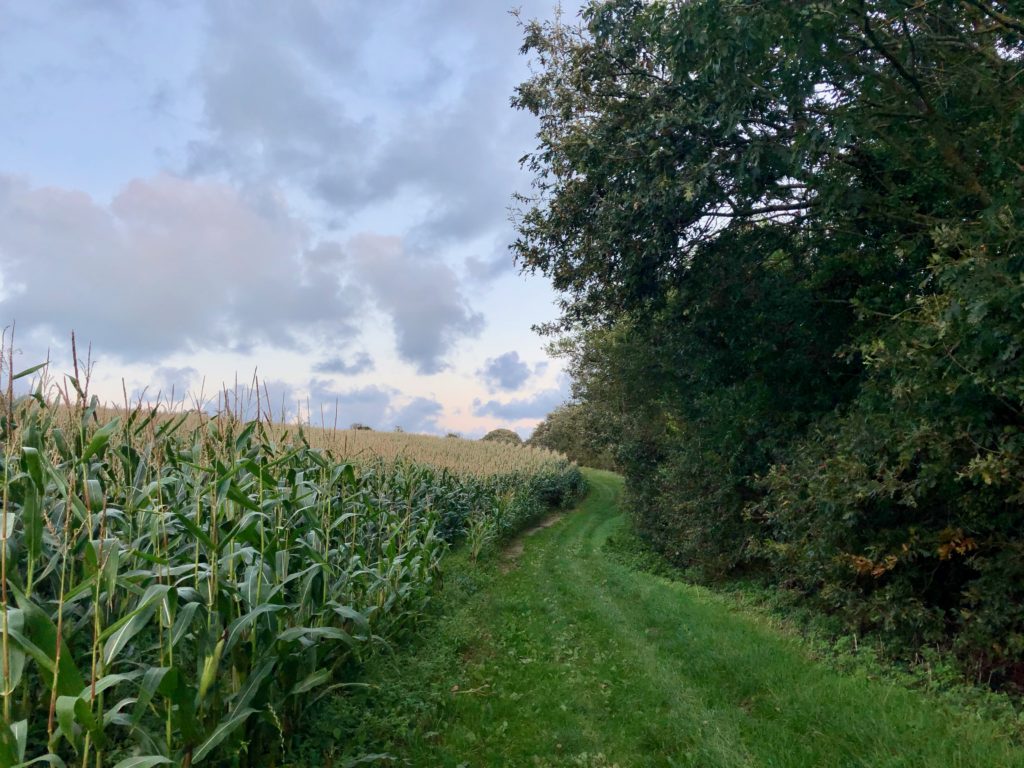
over exposed 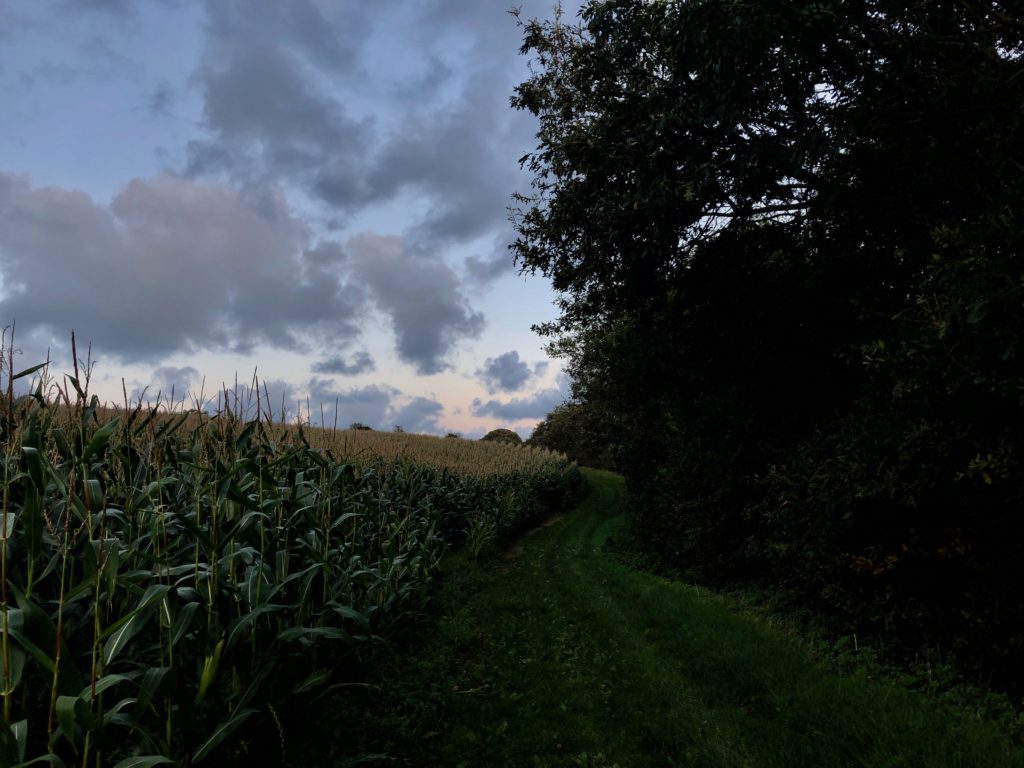
under exposed

original 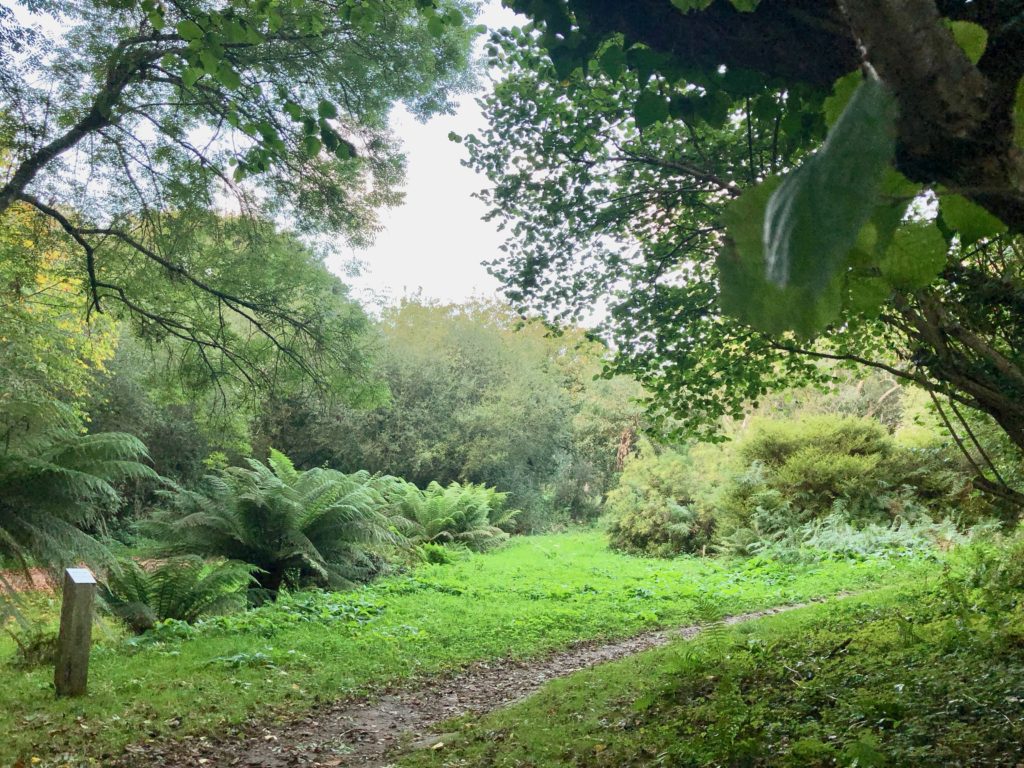
over exposed 
under exposed
Editing My Best Image
In this edit I used HDR toning to bring out the best colours and tones from high and low exposure and from the original photo. I like this photo because the depth of field is shallower than the rest of the photos.
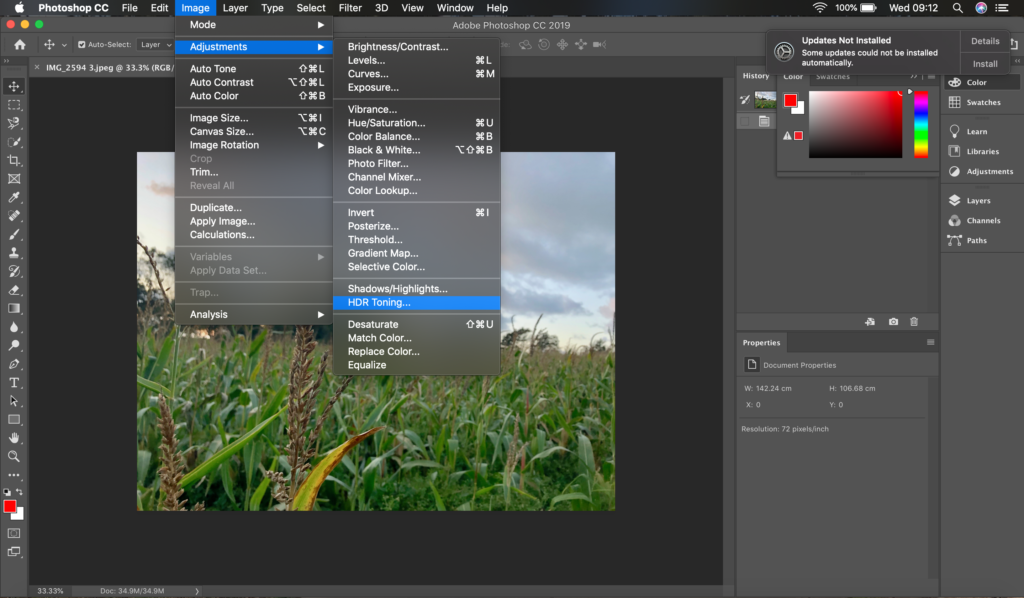
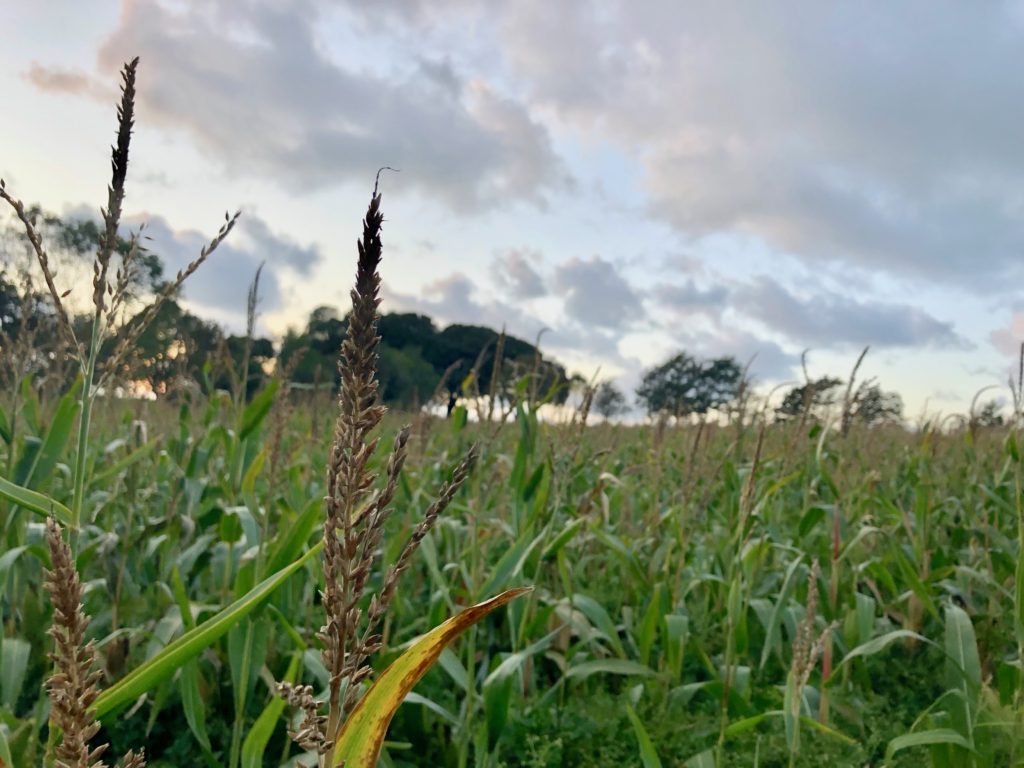
before 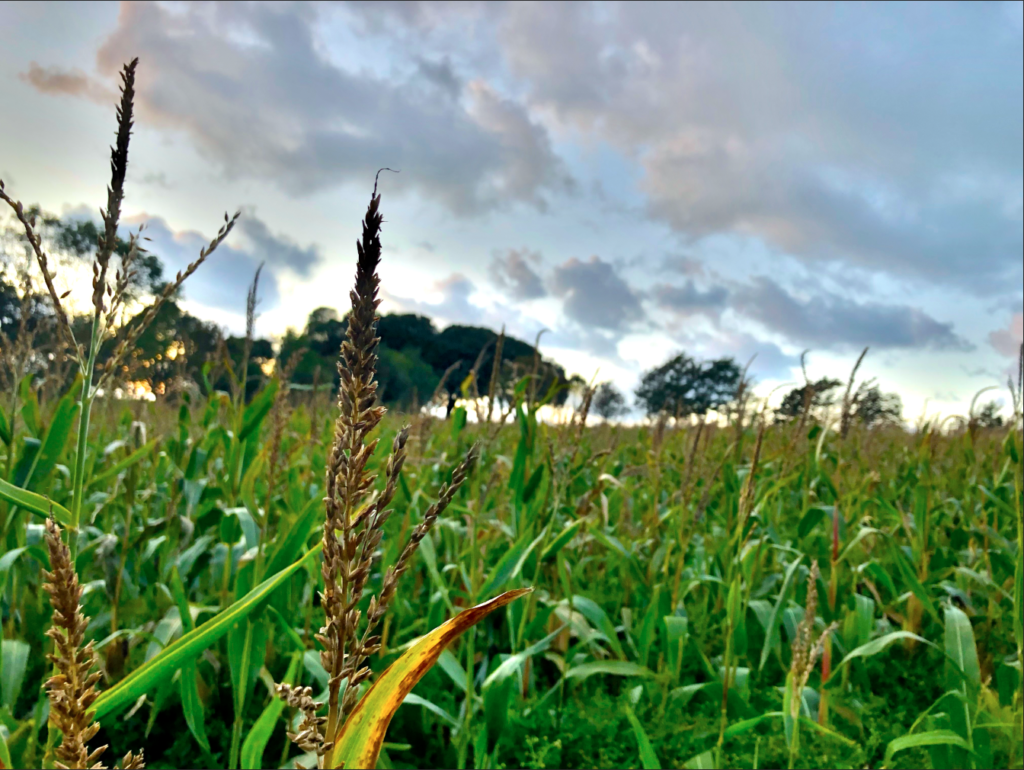
after
I adjusted the photo to black and white and I got inspiration to do this from Ansel Adams and I tried to get every shade in Adams’ zone system.
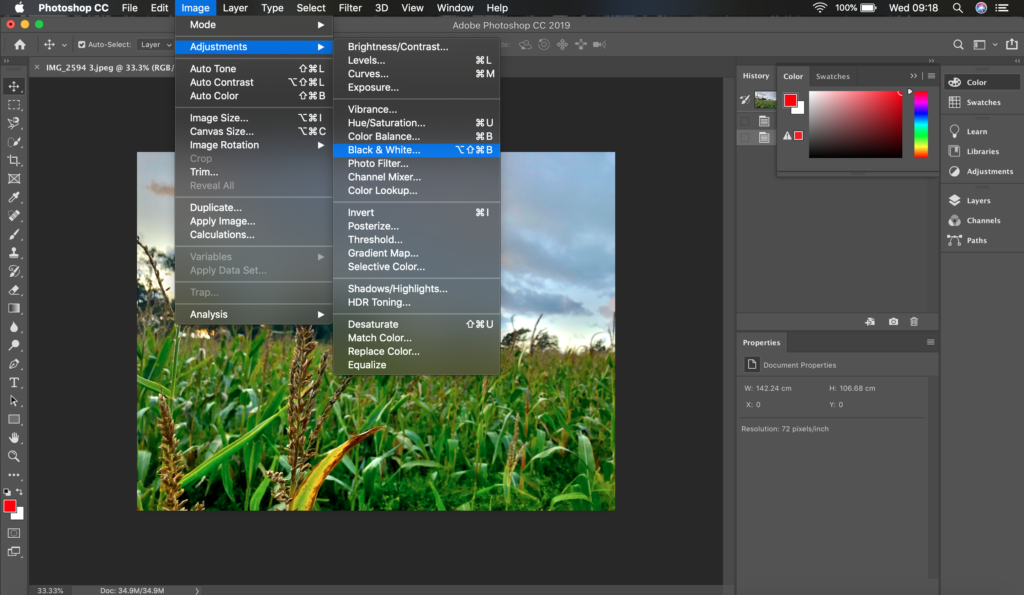

before 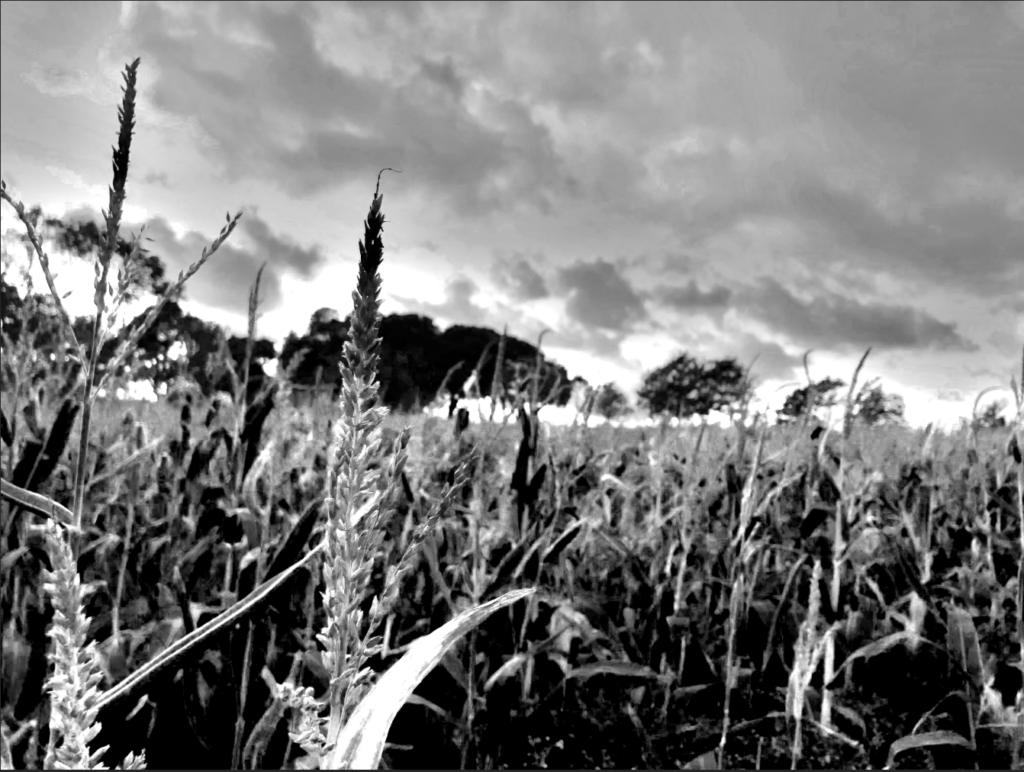
after


